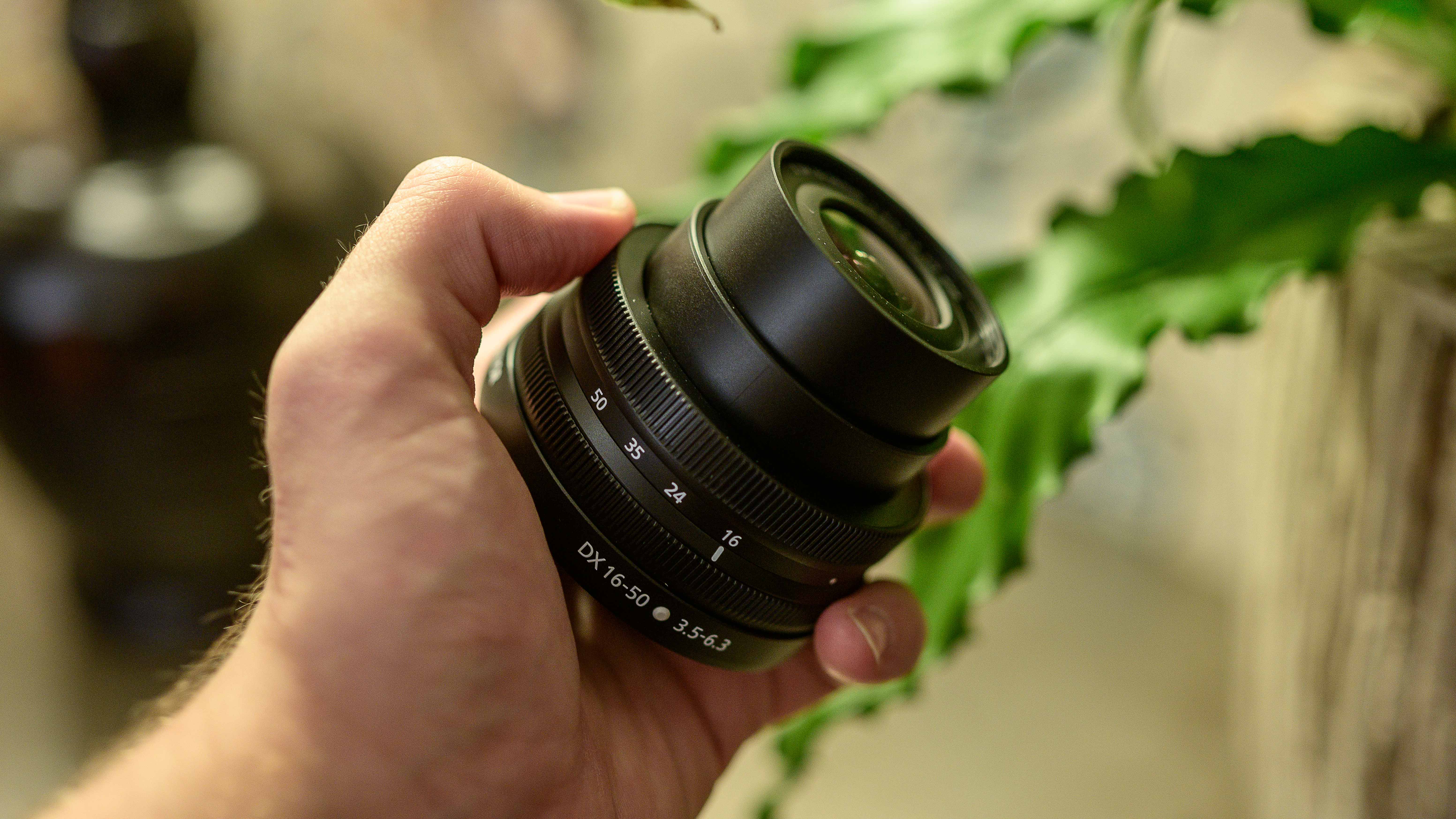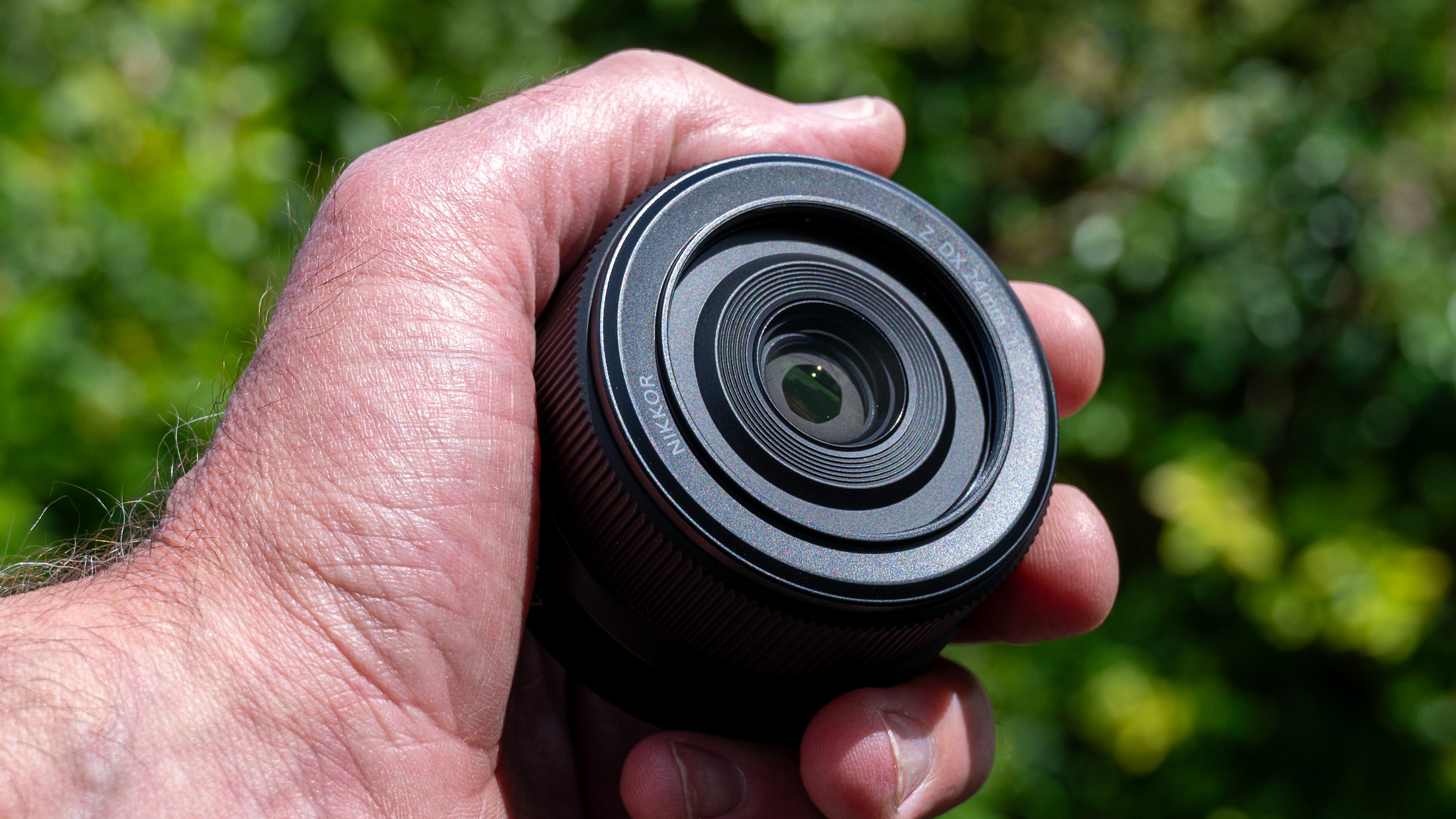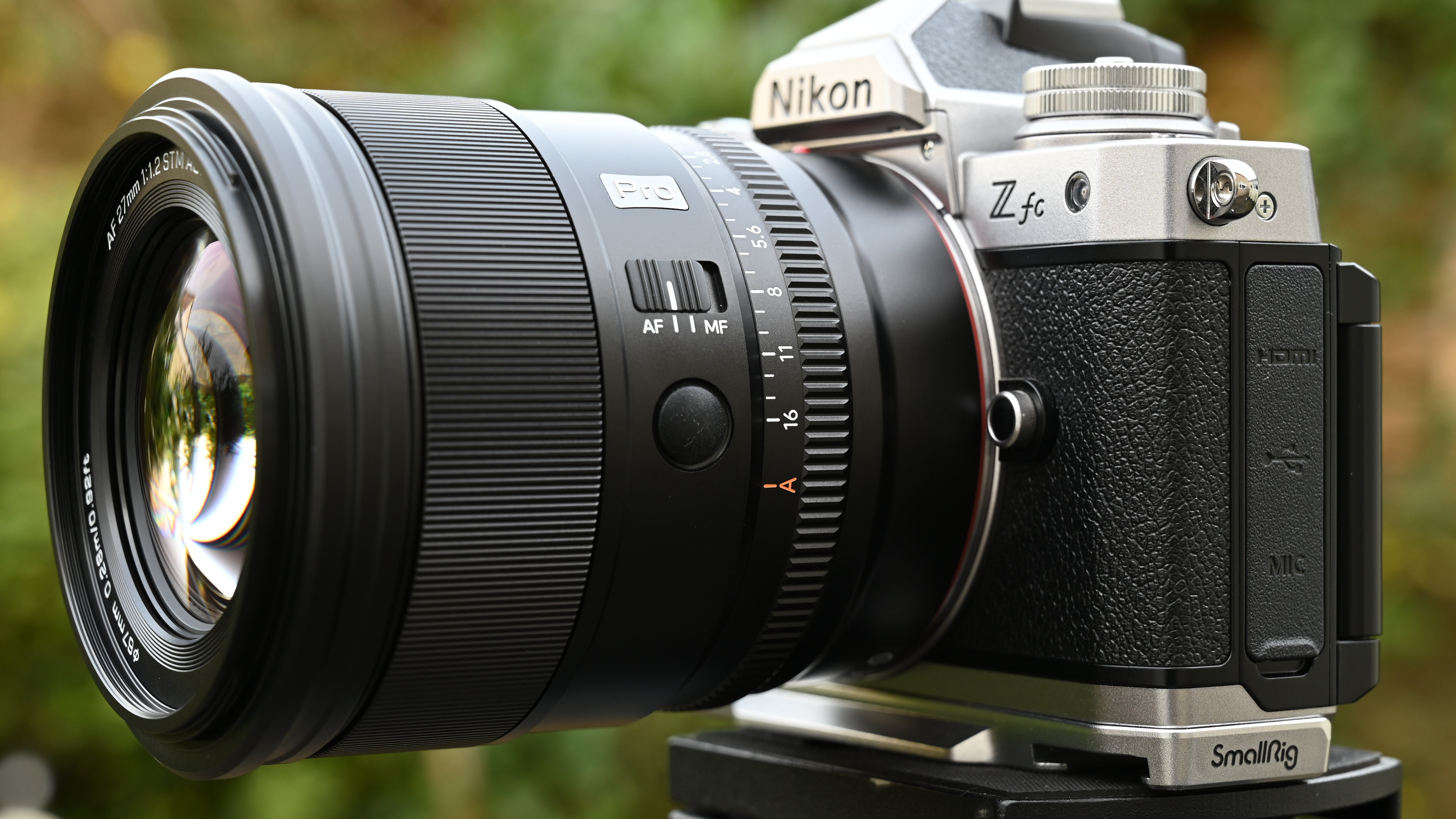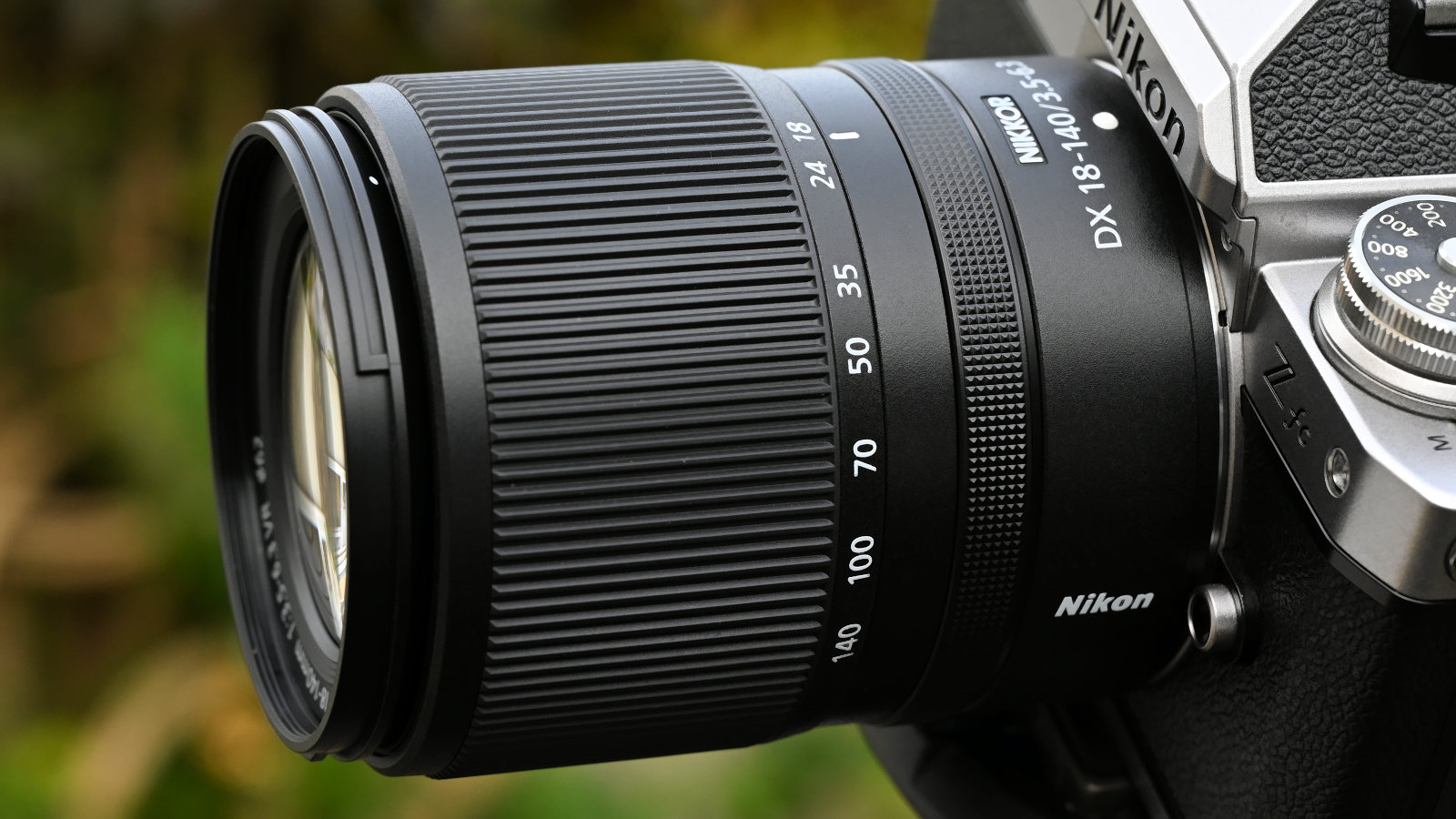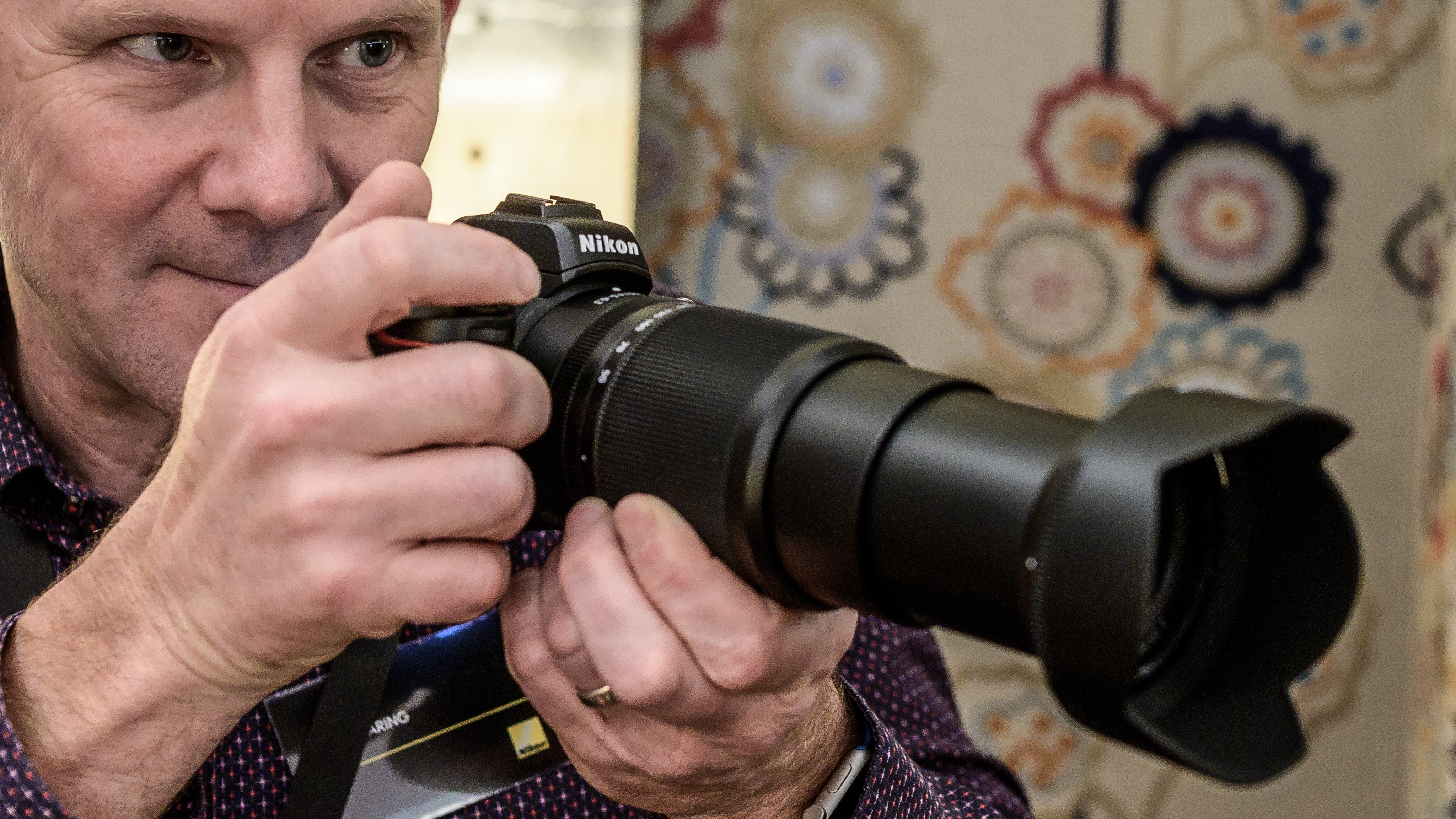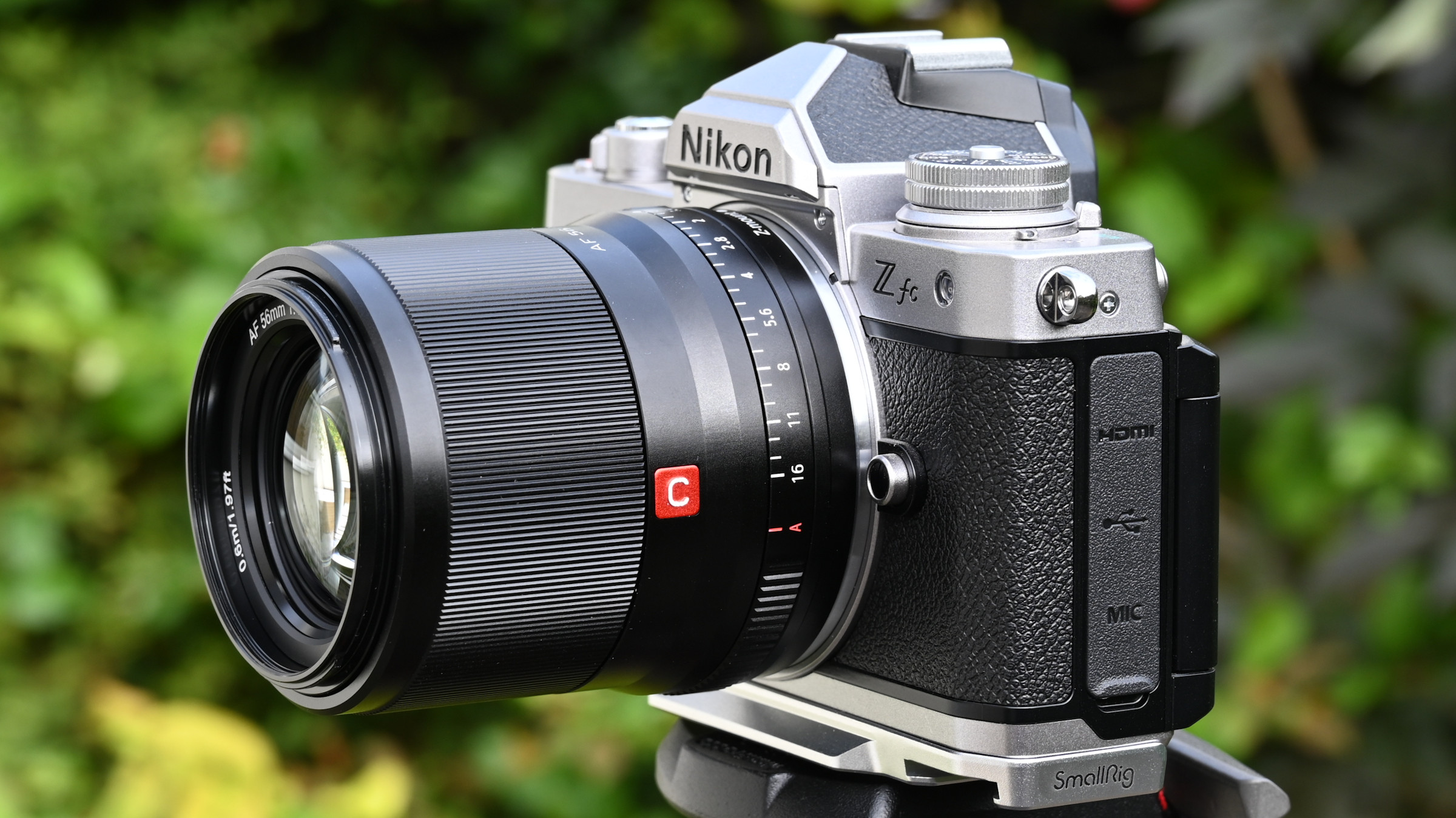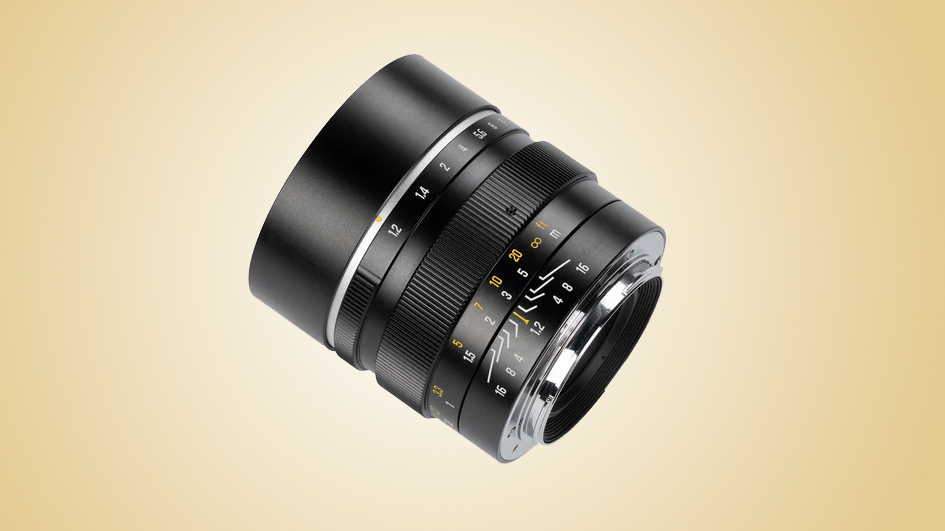The best lenses for the Nikon Z fc in 2025: my top picks for Nikon's mini modern classic
These are my favorite lenses for the Z fc, Nikon's compact retro-style mirrorless camera, and a cult classic in the making
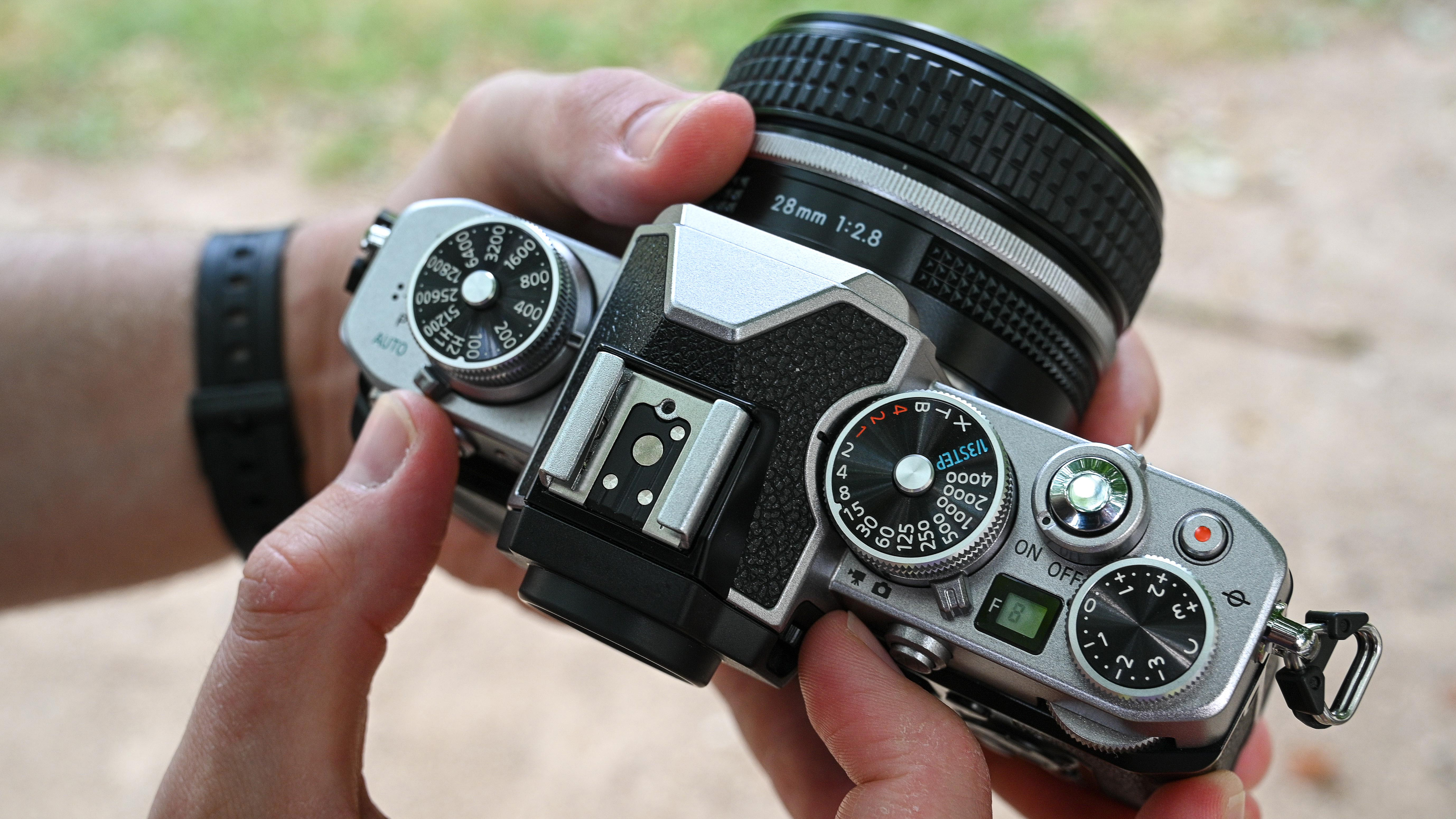
To my mind, the Nikon Z fc is a thing of beauty in its own right, harking back to the design of the Nikon FM film SLR and rather like Nikon's retro-revival Nikon Df DSLR or more recent full-frame mirrorless Nikon Zf – though with a smaller APS-C sensor and a much more affordable price tag. It's easily one of the best Nikon cameras, particularly if you're a fan of retro styling but still want the mod cons in a compact body. So, what are the best lenses to buy for the Nikon Z fc?
The Z fc essentially takes the guts of the Nikon Z50 and encases them in a cool retro body packed with old-school manual control dials. As such, all lenses designed for the Z50 will work equally well on the Z fc, and that is reflected in my list. However, some variations particularly suit the retro camera, such as the silver edition of the 16-50mm kit lens. I've also picked a couple of third-party lenses that have old-school aperture rings on the lens barrel, which complement the manual nature of the camera. And for those lenses that don't have dedicated aperture rings, you can often set a control dial to change the aperture, thereby mirroring the effect.
While you can use full-frame Nikon Z lenses on this camera, these can be big and expensive, and the smaller APS-C sensor in the Z fc produces a 'crop factor' that reduces the effective angle of view of full-frame lenses, which is particularly problematic for wide-angle lenses as they end up not being very wide-angle at all. To that end, most of the lenses I've picked are dedicated DX lenses, though a couple of FX lenses that particularly suit the Z fc have made the grade.
You'll see that I've put 'equivalent' focal lengths in our lens specifications below. This is so that you can judge their focal lengths in full-frame camera terms. I'm also paying special attention to in-lens VR (Vibration Reduction) systems, since the Nikon Z fc does not have in-body stabilization.

Matthew Richards is a photographer and journalist who has spent years using and reviewing all manner of photo gear. He is Digital Camera World's principal lens tester and a Nikon aficionado, and has personally handpicked all the lenses in this guide as perfect companions to the Nikon Z fc.
The Quick List
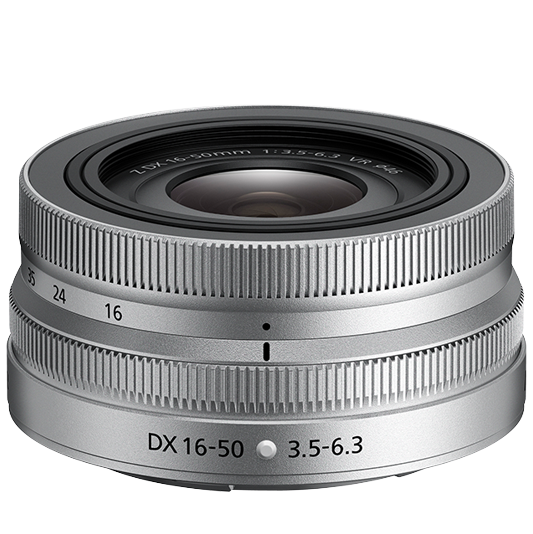
Kit lenses sometimes get a bad rep – but this one gives you a versatile standard zoom range, packs down small, and won’t break the bank.
Read more below…
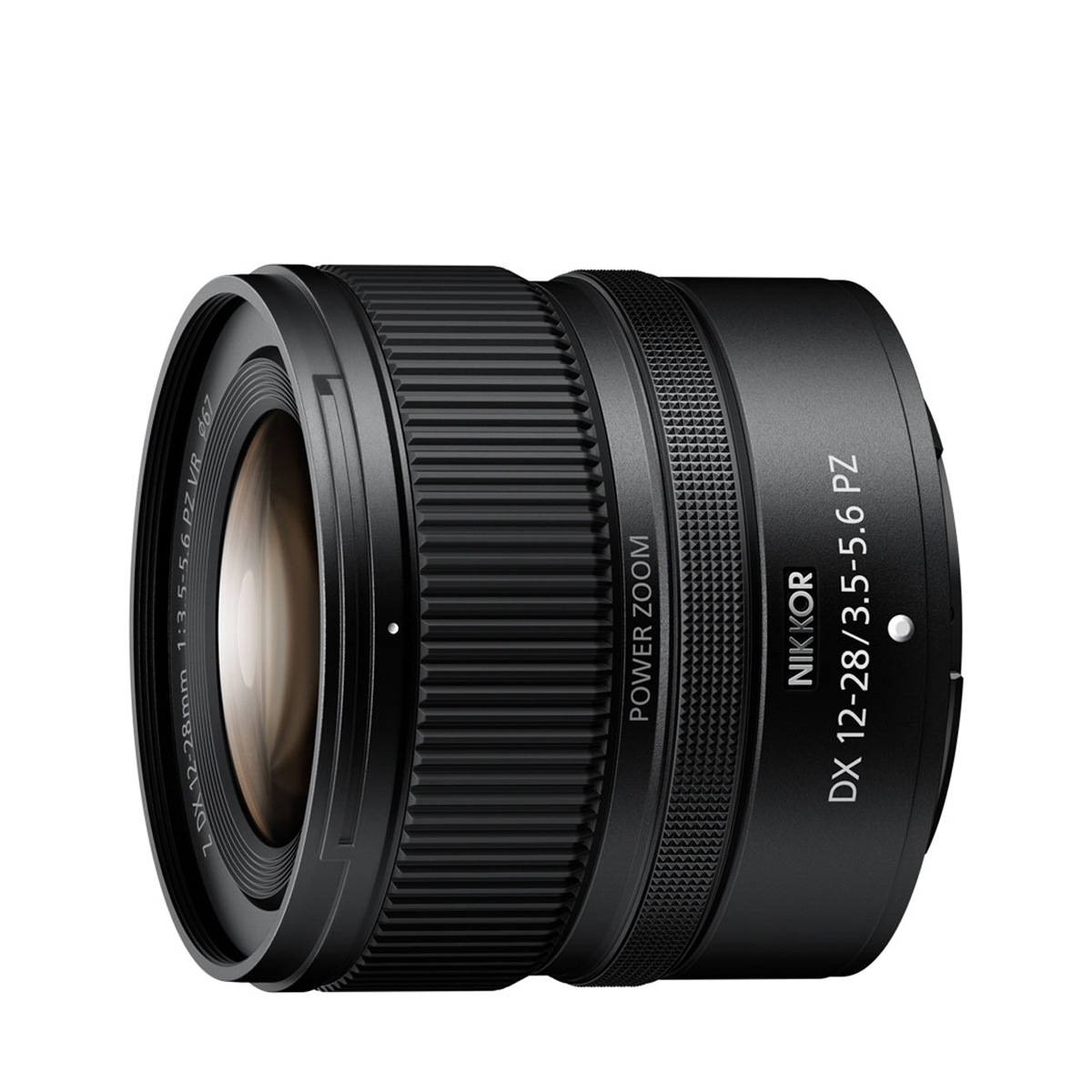
Whether you want to shoot landscapes or film yourself for a vlog, the extra-wide angle of view on this zoom has got you covered.
Read more below…
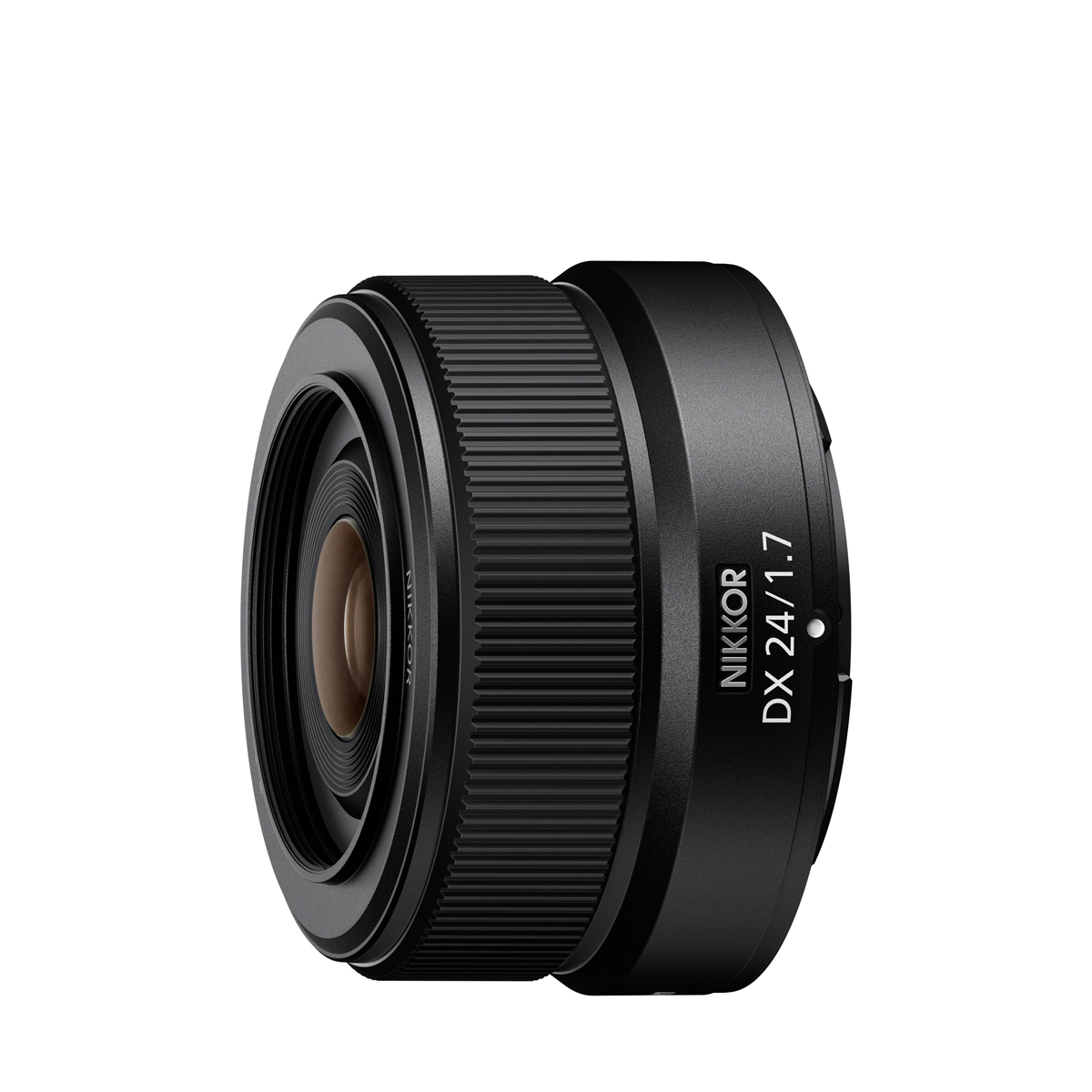
Tailor-made for the Z fc’s smaller image sensor, this prime is the ideal focal length for street work, or just for walkabout shooting.
Read more below…
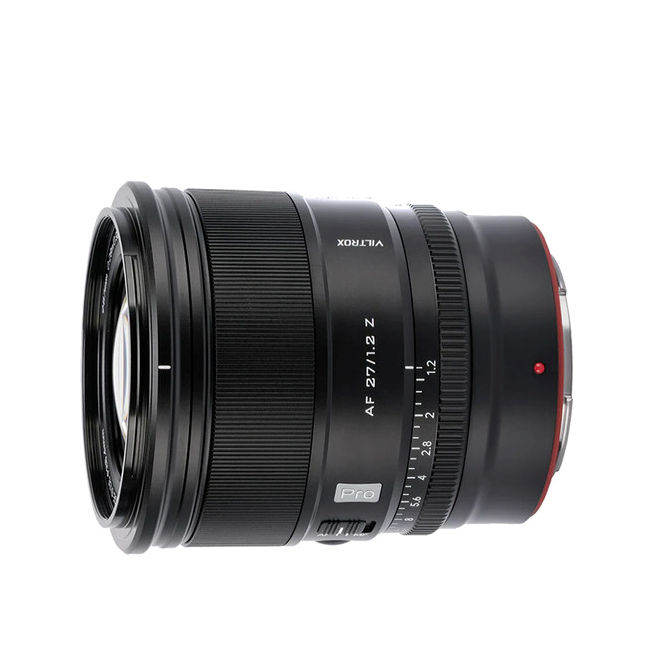
Feel the need for speed? This remarkable lens combines a super-fast f/1.2 aperture with a natural 40mm ‘effective’ focal length.
Read more below…
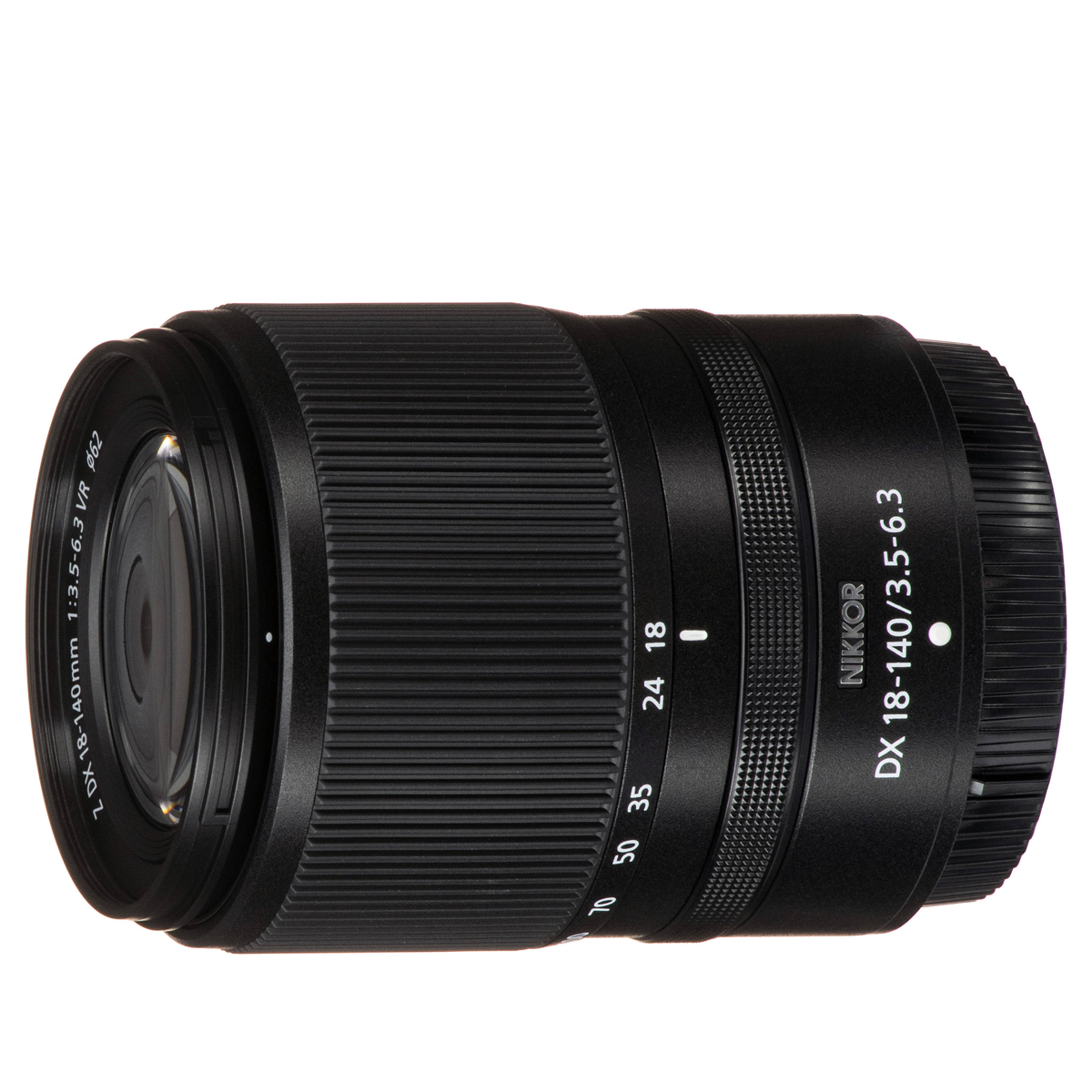
This is like having a 28-70mm and a 70-200mm lens rolled into one – supremely versatile, and compact and light with it.
Read more below…
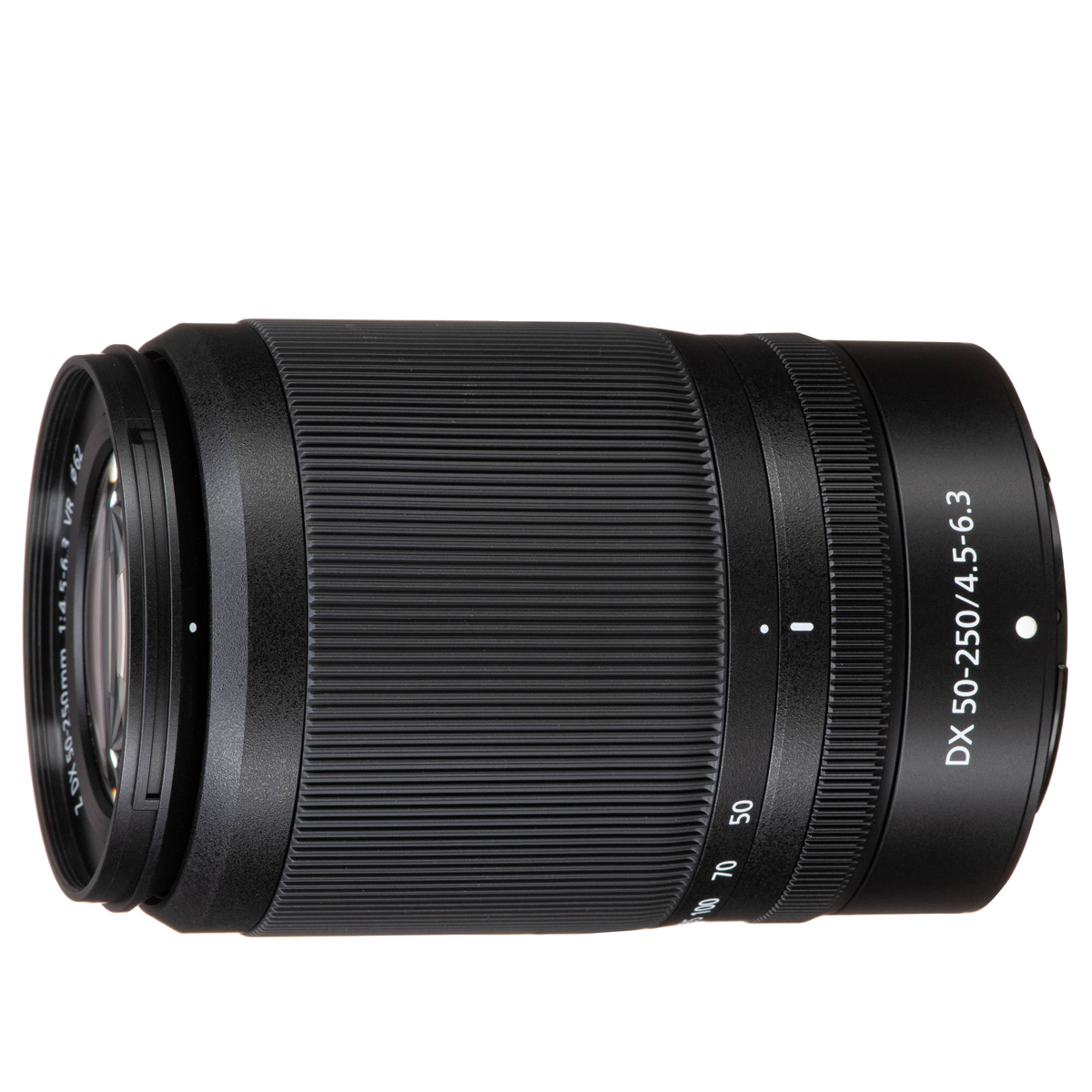
On the Z fc, this zoom gives you a focal length range that’s ideal for capturing action up close or photographing wildlife.
Read more below…
View the full list ⤵
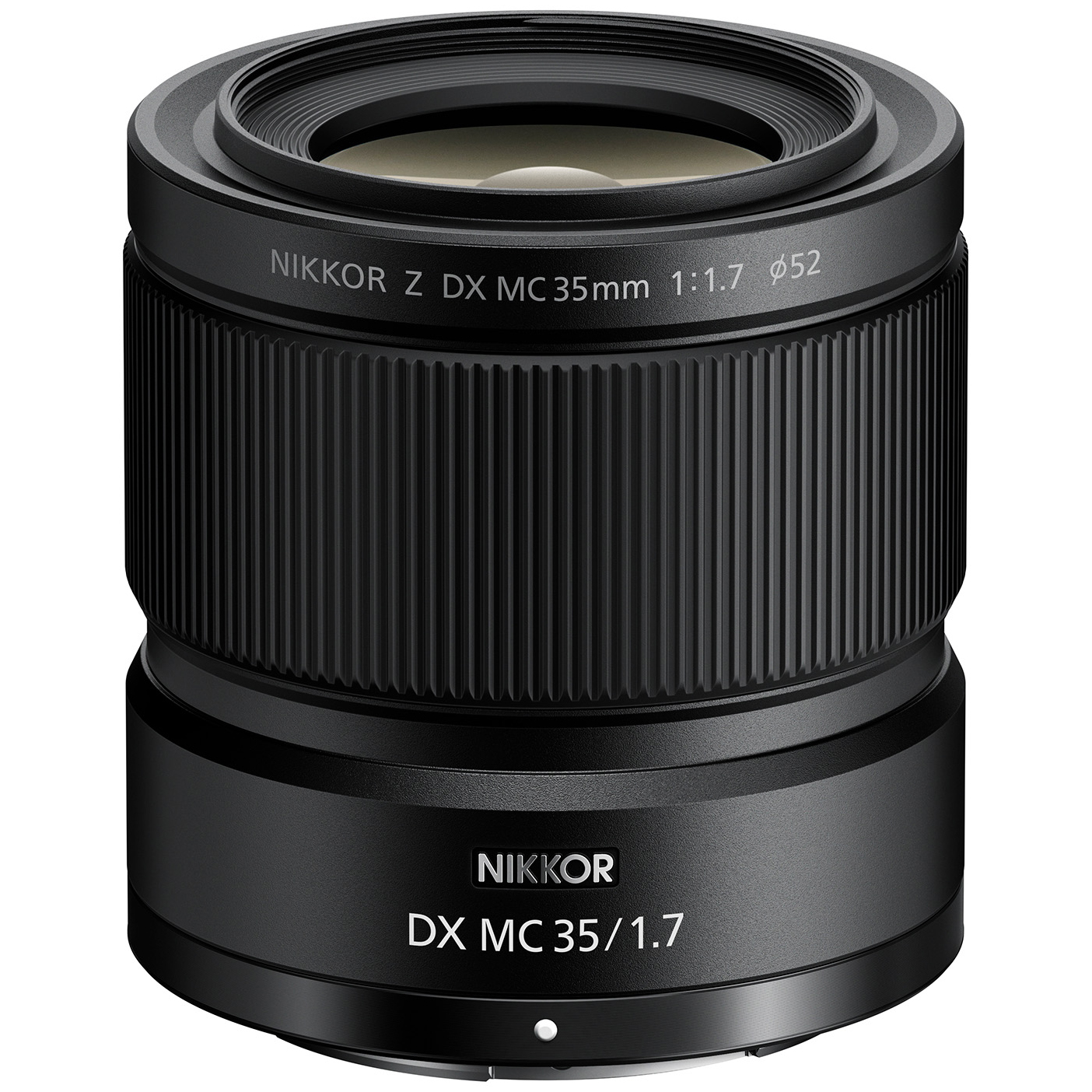
You can get life-size images of tiny objects with this capable prime, which doubles as a fast everyday lens with a 52.5mm effective focal length.
Read more below…
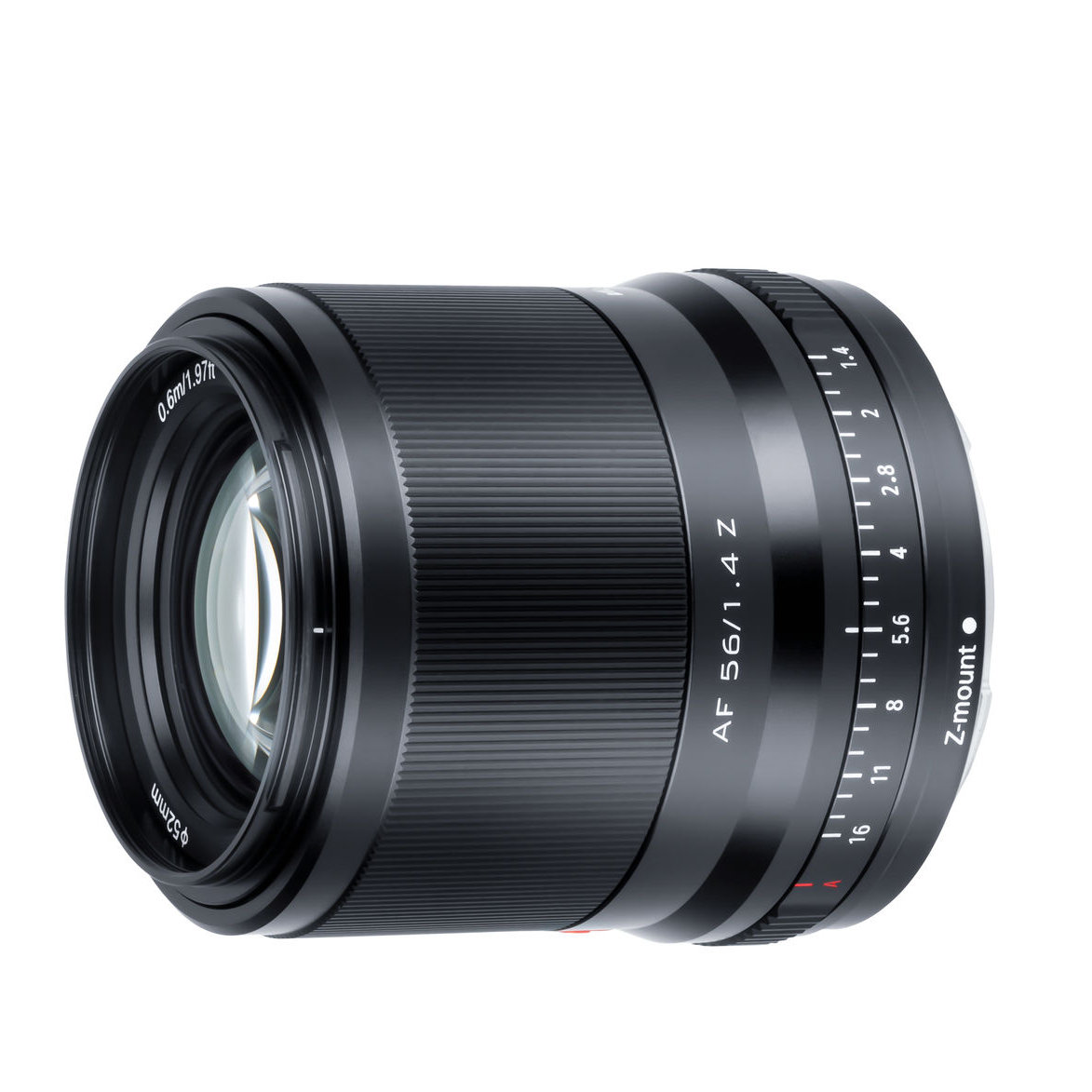
For a bit of portrait prime time, this is the perfect lens for any Nikon Z DX camera. Its aperture control ring is well-suited to the Z fc, and it’s amazing value for money.
Read more below...
Best lenses for the Nikon Z fc
Why you can trust Digital Camera World
Best standard zoom for the Z fc
Specifications
Reasons to buy
Reasons to avoid
The Nikon Z DX 16-50mm f/3.5-6.3 VR is the standard kit zoom for the Nikon Z fc – and if you're debating whether to get this camera body only or pay just a little more to get the kit zoom too, I can help you out. Get the kit zoom! The silver edition especially suits the metal-bodied Z fc, too.
This lens offers a really useful 24-75mm focal range in full-frame terms, and its retracting mechanism means it packs away really small. It's a versatile little lens, too, because it can focus right down to 20cm for close-up shots. It even has a control ring for different camera functions.
I would say that the plastic build means it doesn't exactly have a premium feel, but at this price, what would I expect? It’s still a lens with a lot of charm that you’ll enjoy using as your everyday lens.
Read more: Nikon Z DX 16-50mm f/3.5-6.3 VR review
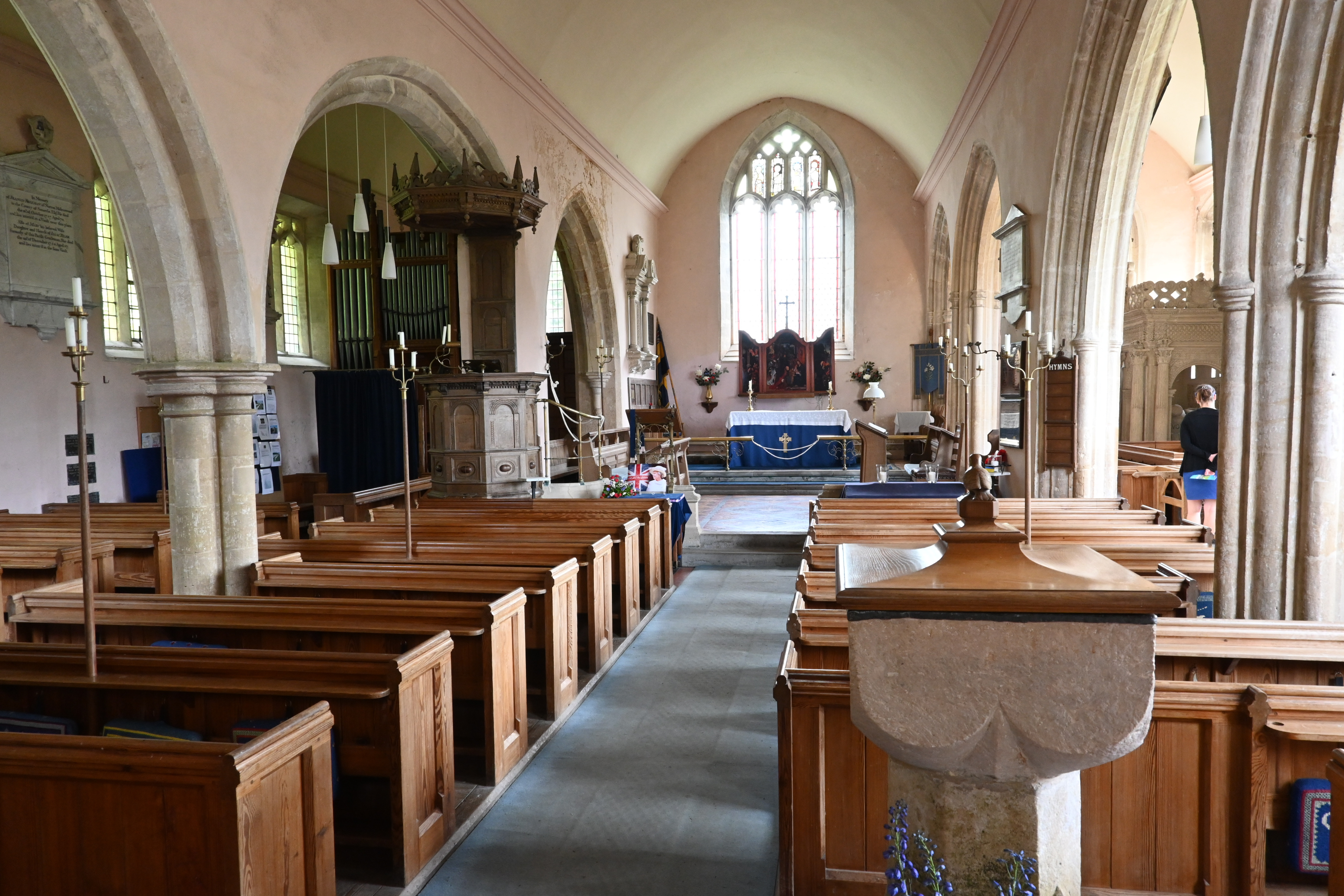
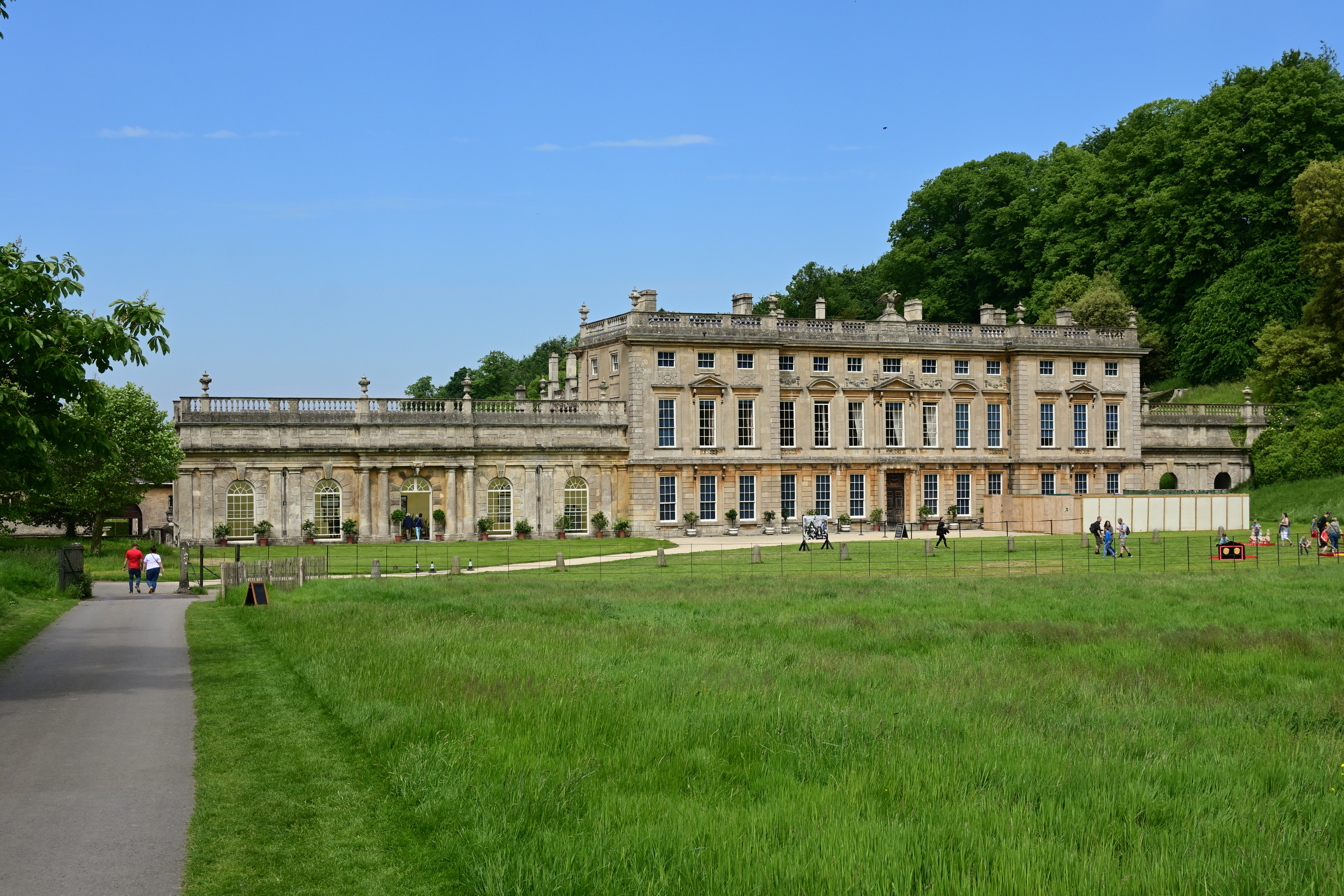
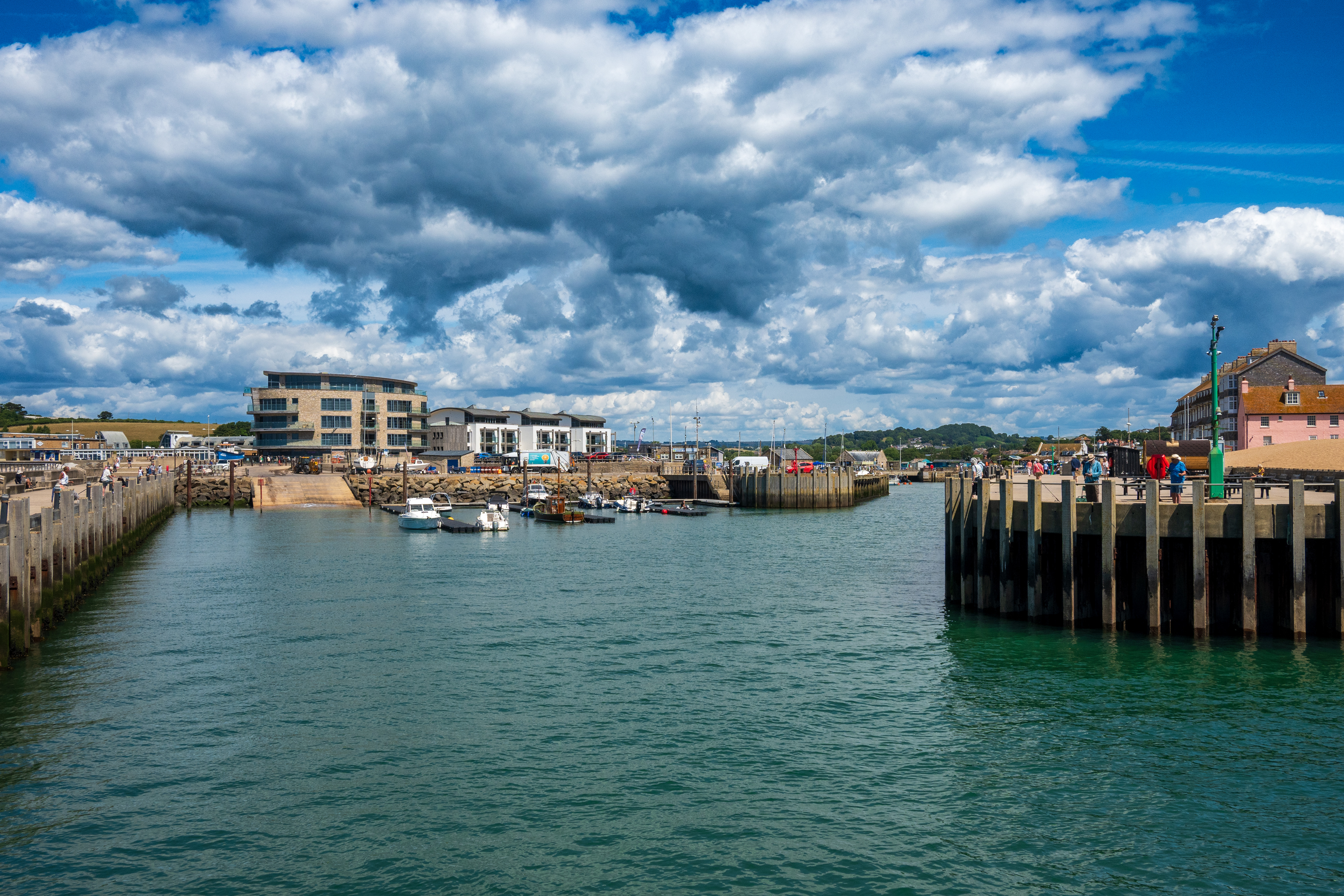
Features ★★★★★ | There’s a lot packed into this lens, including stepping motor-based autofocus and 4.5-stop optical VR. |
Design ★★★★★ | The retractable design enables an unfeasibly compact packing size, similar to that of a pancake lens. |
Performance ★★★★★ | Sharpness and clarity are very good and there’s minimal color fringing, but the lens relies typically heavily on automatic in-camera correction for distortion. |
Value ★★★★★ | It’s great value in its own right, even better if you get it as a kit lens with one of Nikon’s Z DX format cameras. |
Best wide-angle zoom for the Z fc
Specifications
Reasons to buy
Reasons to avoid
When the Nikon Z DX-format cameras came out I was worried that there weren't any ultra-wide-angle lenses for it, as this is one of the first lens types I would recommend after a telephoto. But Nikon has put that right, launching the excellent Z DX 12-28mm f/3.5-5.6 PZ VR.
This doesn't just offer wide-angle shooting for stills photography, but makes a great vlogging lens too. The extra-wide angle of view is ideal for arms-length walk-and-talk style filming, and its in-built VR will help with any jitters. The PZ (power zoom) mechanism offers smooth zooming while filming, and the lens doesn't change length while you do it, so it's not going to upset the balance if you use it on a gimbal.
The Z DX 12-28mm f/3.5-5.6 PZ VR is light, compact, and very keenly priced for a lens of its type. Bravo, Nikon!
Read more: Nikon Z DX 12-28mm f/3.5-5.6 PZ VR review



Features ★★★★★ | Optical VR always comes in handy on Z DX lenses and this one also has a video-friendly power zoom. |
Design ★★★★☆ | Like other Nikon Z DX lenses, it has a plastic rather than metal mounting plate but the overall design is very good. |
Performance ★★★★★ | Expansive viewing angles are backed up by excellent edge-to-edge sharpness, throughout the whole zoom range. |
Value ★★★★★ | A little gem for both stills and video capture, the lens is terrific value for money. |
Best street photography lens for the Z fc
Specifications
Reasons to buy
Reasons to avoid
Prime lenses have become very popular in the past couple of years. They're smaller and lighter than zooms, have faster maximum apertures and need less correction for optical issues like distortion. So I was really pleased to see Nikon launch the Z DX 24mm f/1.7 prime, because it's designed specifically for the Z fc's smaller sensor and shows real commitment to this new format.
With an effective focal length of 36mm in full-frame terms, this is a really handy walkaround 'street' lens or semi-wide standard lens for all sorts of photography. There's no optical stabilization, but that's normal on prime lenses and the fast f/1.7 maximum aperture will offer lots of help in low light. This is a very light, compact and effective lens at a very good price.
Read more: Nikon Z DX 24mm f/1.7 review

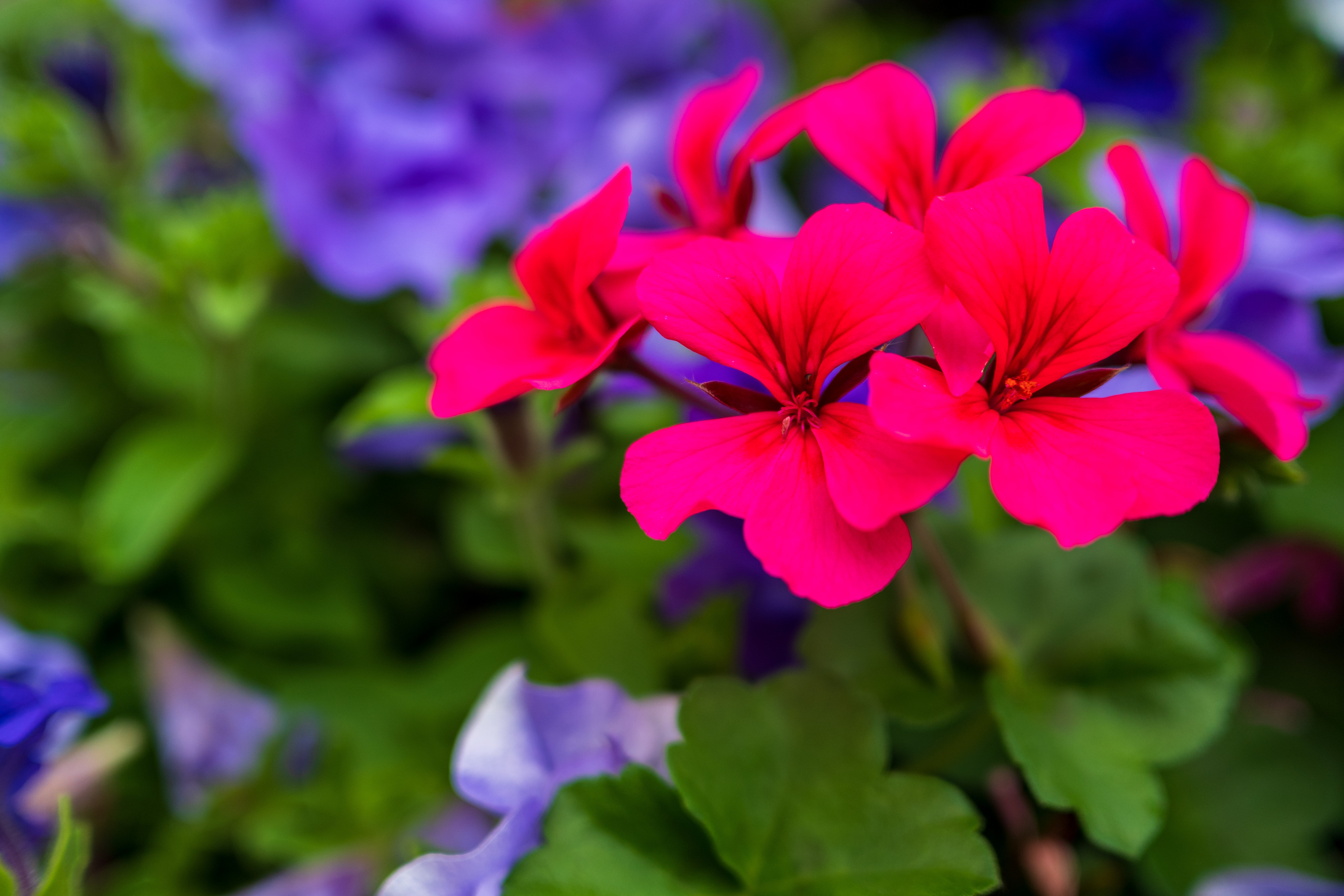
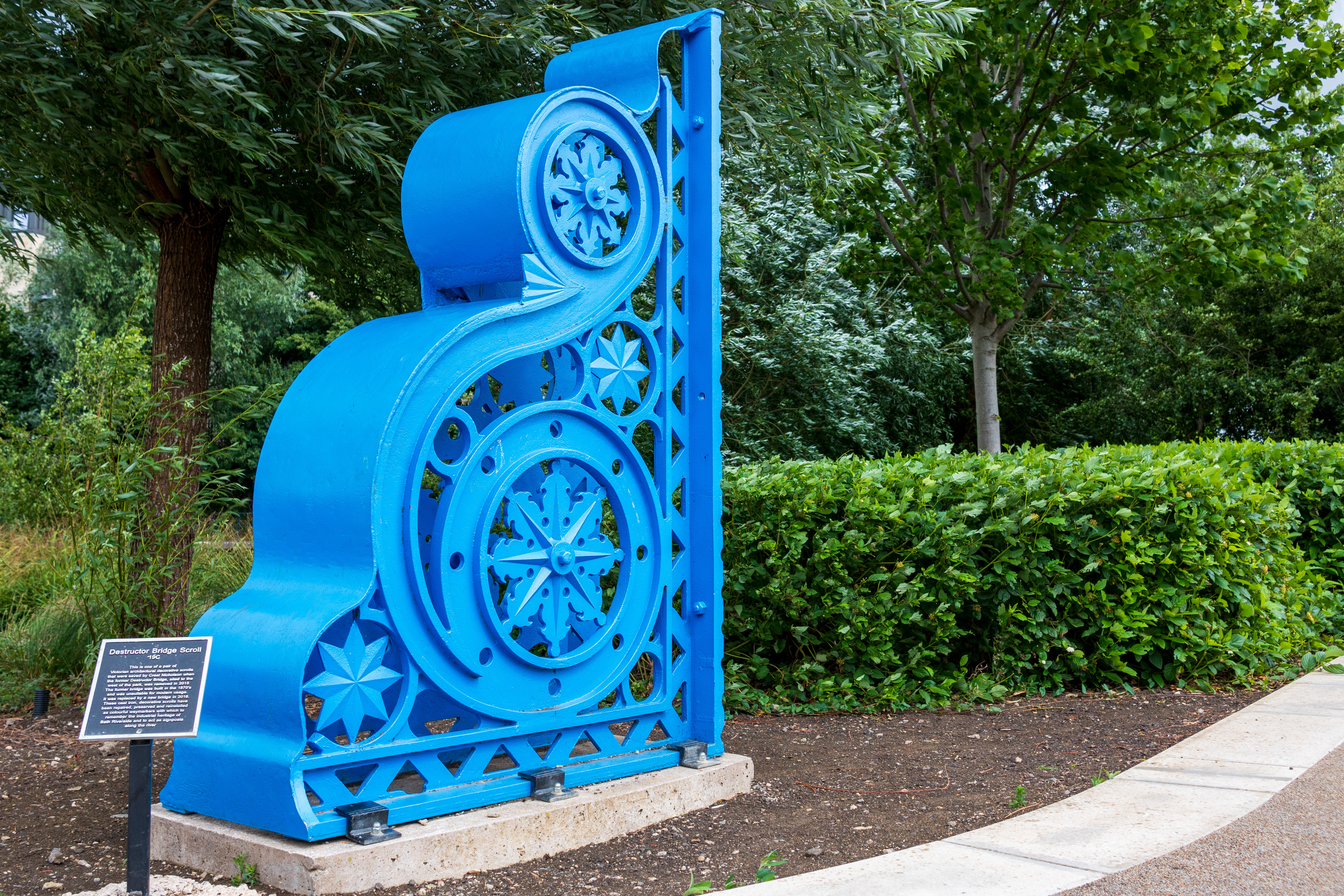
Features ★★★★☆ | The main draw in terms of features is the ‘effective’ 36mm focal length combined with a fast f/1.7 aperture. |
Design ★★★★☆ | It’s a really compact and lightweight lens but lacks optical stabilization and has a plastic rather than metal mounting plate. |
Performance ★★★★☆ | Sharpness is excellent in the central region of the frame, less so towards the edges and corners. |
Value ★★★★☆ | It’s good value for an own-brand Nikon Z DX lens but faces stiff competition from budget-priced independents. |
Best standard prime for the Z fc
Specifications
Reasons to buy
Reasons to avoid
I absolutely love the 27mm focal length of this Viltrox lens, which gives an ‘effective’ 40mm on the Nikon Z fc. I find it builds a really useful bridge between 35mm and 50mm in terms of perspective, but that’s just the beginning. The standout attraction of this lens is its super-fast f/1.2 aperture, which enables quick shutter speeds even under low lighting and, more crucially, a tight depth of field for isolating subjects by blurring the background.
In keeping with its ‘Pro’ credentials, the lens has high-end handling characteristics, including a customizable function button and a dedicated aperture control ring that comes complete with a click/de-click switch, ideal for stills and video respectively. Fast autofocus and superb image quality complete the solidly built and weather-sealed package, all at a bargain price.
Read more: Viltrox AF 27mm f/1.2 Pro review
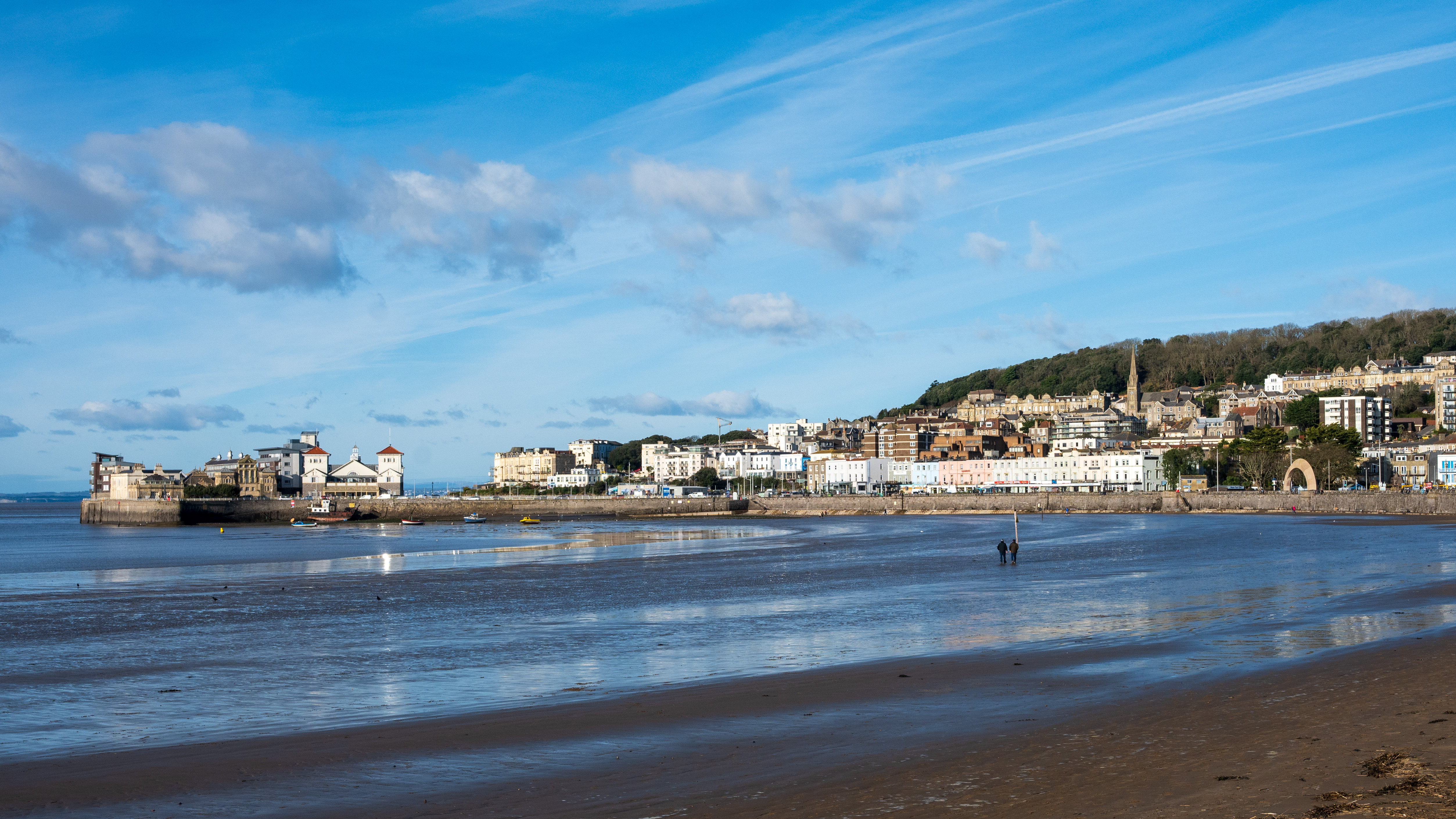
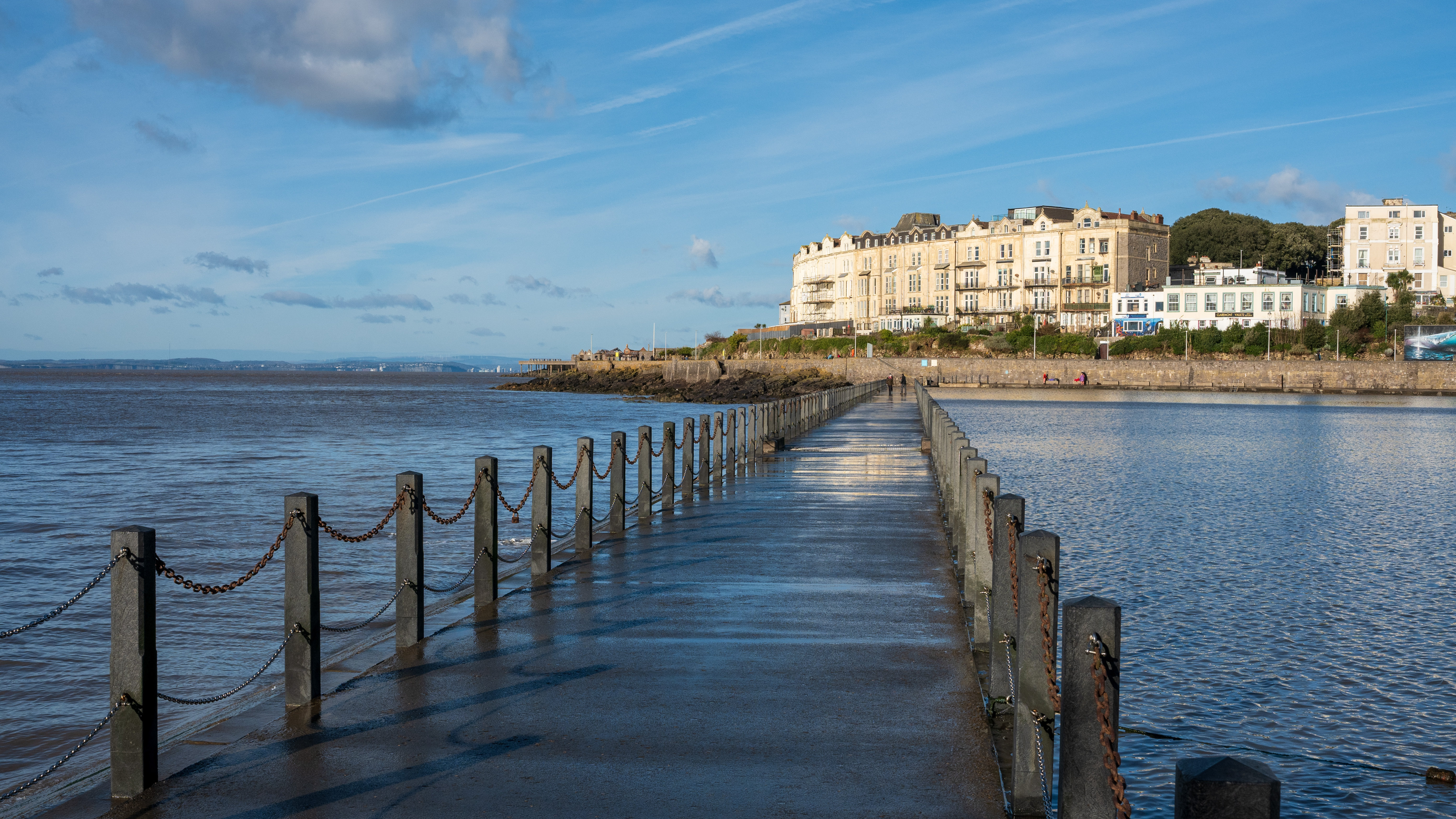

Features ★★★★★ | Top-end features include an aperture ring with click/de-click switch, customizable function button and an AF/MF focus mode switch. |
Design ★★★★★ | The super-fast f/1.2 aperture rating is the key design element, and the ‘effective’ 40.5mm focal length gives a natural perspective. Extensive weather-seals are fitted. |
Performance ★★★★★ | Superb sharpness combines with dreamy, soft bokeh to give spectacular image quality. |
Value ★★★★★ | It’s a crazy knockdown price for an f/1.2 prime lens with this feature set and performance. |
Best superzoom for the Z fc
Specifications
Reasons to buy
Reasons to avoid
There's no doubt that a longer zoom range is useful, and there may be times when the Z fc's regular 16-50mm lens won't let you zoom far enough for faraway subjects. That's where the Nikon Z DX 18-140mm f/3.5-6.3 VR steps in. Its 27-210mm equivalent focal range means it's practically a superzoom lens and one that can tackle a far wider range of subjects. It's not usually available as a kit lens option, though, and it is quite expensive as a standalone purchase, so you might want to think carefully.
It is pretty compact and light for a lens with this range, but it's a bit disappointing that it comes with a plastic mounting plate. That's normal on cheaper lenses, but this isn't a cheap lens.
Read more: Nikon Z DX 18-140mm f/3.5-6.3 VR review

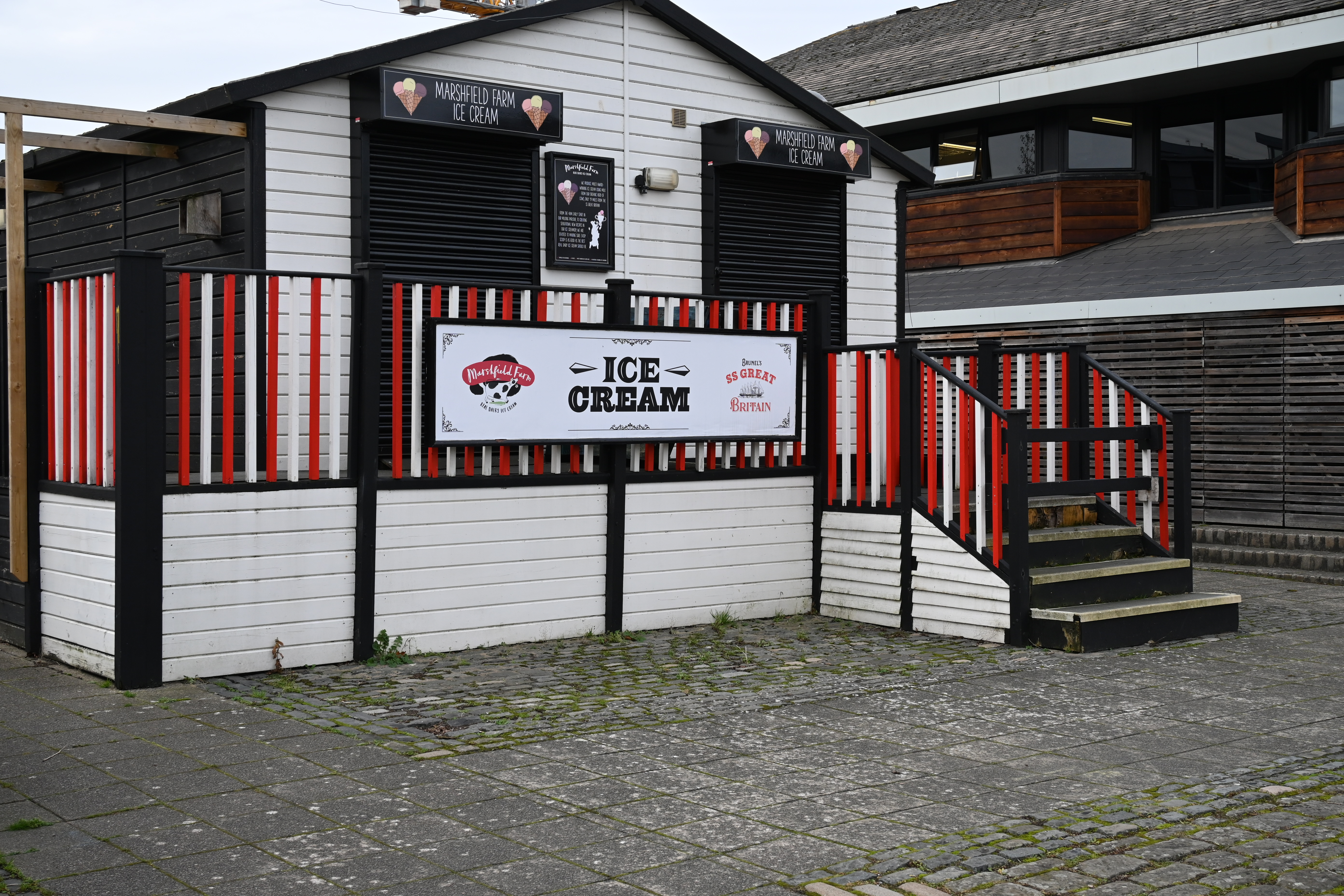

Features ★★★★★ | Powerful 5x zoom range is top of the features list, backed up by fast autofocus and 5-stop optical stabilization. |
Design ★★★★☆ | There’s an additional, customizable control ring but no switches for A/M focus nor VR on/off, and the mounting plate is plastic. |
Performance ★★★★☆ | Image quality and all-round performance are impressive but sharpness drops off a bit at the long end of the zoom range. |
Value ★★★★☆ | Good value rather than entirely great, the lens costs about the same as a pair of Z DX 16-50mm and Z DX 50-250mm zooms. |
Best telephoto zoom for the Z fc
Specifications
Reasons to buy
Reasons to avoid
The Nikon Z DX 50-250mm f/4.5-6.3 VR is a compact, light and effective telephoto zoom designed specifically for the Nikon Z fc and other Nikon Z DX cameras like the Z50 and Z30. A telephoto lens is usually the first choice for an additional lens, and this one doesn't disappoint, with an impressive 75-375mm full-frame equivalent focal range – that's impressive magnifying power for a lens this small and light.
The build is plastic, as is the mounting plate, but don't let that put you off – it helps keep the weight of the lens down, and doesn't affect its optical performance, which is very good at this price. The slow maximum aperture of f/6.3 is a bit disappointing, but the Nikon Z fc delivers good image quality at higher ISOs, so you can use this to get faster shutter speeds where needed.
Read more: Nikon Z DX 50-250mm f/4.5-6.3 VR review


Features ★★★★☆ | Strong features include a 75-375mm ‘effective’ zoom range, fast autofocus and 5-stop optical stabilization. |
Design ★★★★★ | The retractable design makes for a small stowage size and the lens is refreshingly lightweight, although it has a plastic mounting plate. |
Performance ★★★★☆ | As advertised, autofocus is rapid and stabilization is very effective. Sharpness drops off a bit at the long end but is very good overall. |
Value ★★★★★ | As one of Nikon’s Z system (albeit DX format) lenses, it’s great value for money. |
Best macro lens for the Z fc
Specifications
Reasons to buy
Reasons to avoid
The Nikon Z DX MC 35mm f/1.7 is a compact and lightweight standard prime for Nikon’s APS-C (DX) Z-mount cameras, offering both a fast aperture and close-up macro capabilities. Its 35mm focal length translates to an effective 52.5mm on a DX camera, providing a natural perspective favored for general shooting, portraits, and street photography. The bright f/1.7 aperture allows for beautiful bokeh, excellent low-light performance, and fast shutter speeds.
While designated as a 'macro' lens, its native maximum magnification is 0.67x, not a true 1.0x macro. However, the 1.5x crop factor of the DX sensor makes this effectively a 1.0x magnification in full-frame terms.
Performance is highly impressive, delivering excellent sharpness in both general shooting and close-up macro photography. Autofocus is fast, silent, and accurate thanks to a linear stepping motor, and is a welcome departure from the often-sluggish focus found in many macro lenses. Color fringing and distortions are negligible with in-camera corrections.
Its superior build quality includes a durable metal mounting plate and weather seals, while weighing just 220g, and its dual functionality as a fast standard prime and close-up lens makes it a versatile and worthwhile addition to the DX system.
Read more: Nikon Z DX MC 35mm f/1.7 review
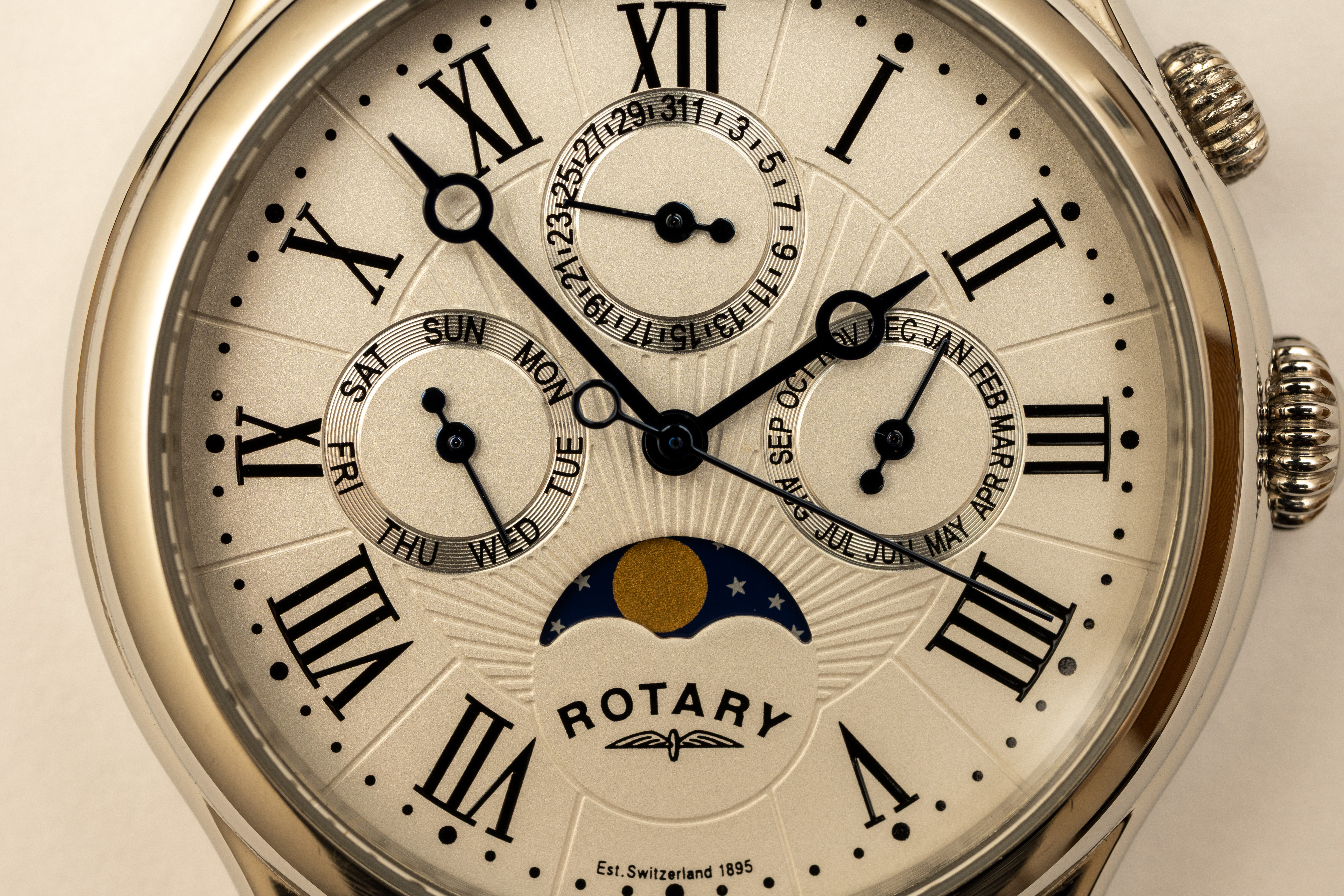
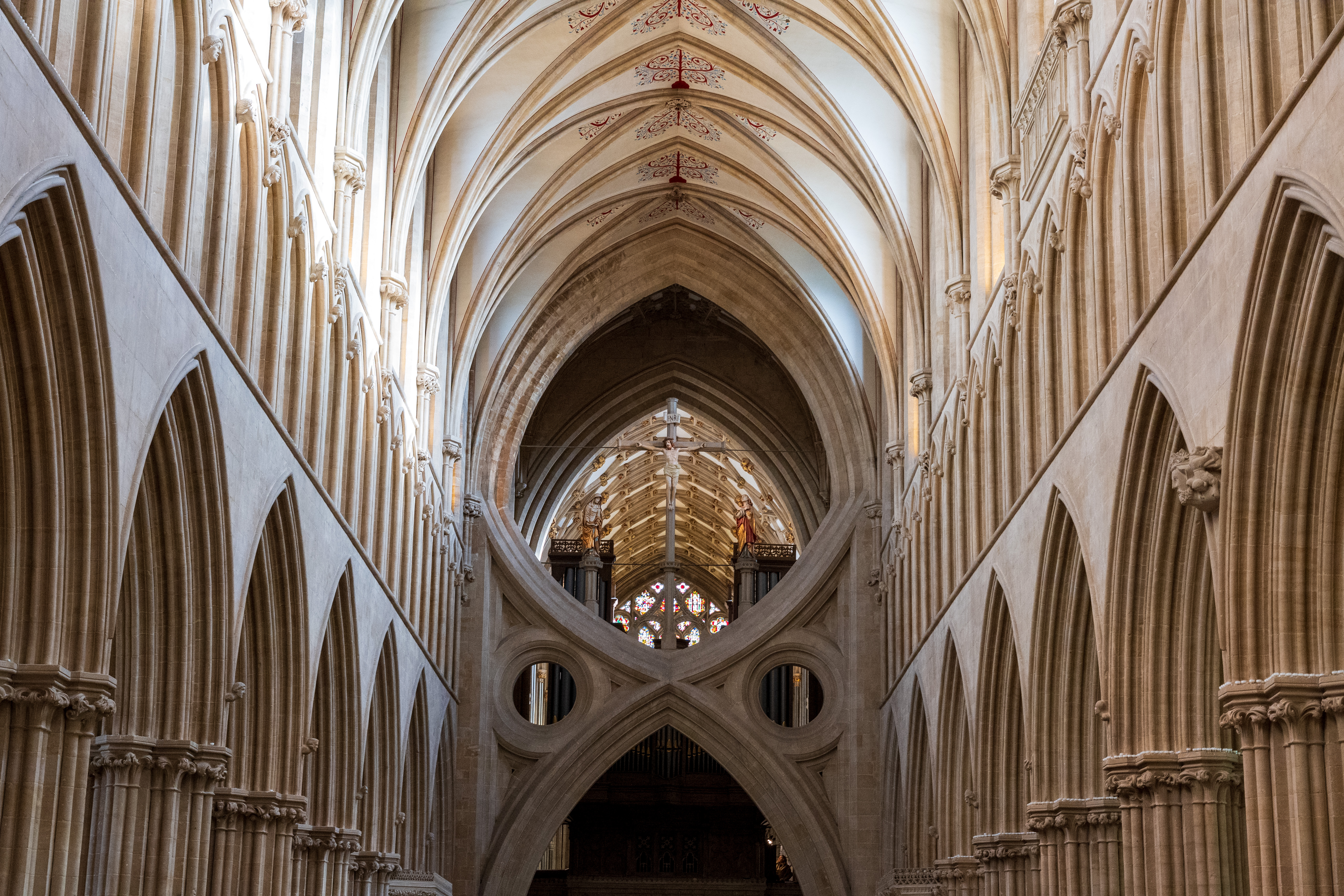

Features ★★★★☆ | Top features are the fast f/1.7 aperture rating and macro facility, but there’s no image stabilization and the hood is sold separately. |
Design ★★★★☆ | The design is simple but effective. The lens is certainly streamlined but I’d have preferred an A/M focus mode switch to be fitted. |
Performance ★★★★★ | Image quality is highly impressive in all respects, and autofocus is fast and consistently accurate for close-ups as well as general shooting. |
Value ★★★★☆ | It’s a lot pricier than its sibling Nikon Z DX 24mm f/1.7 lens but better built and more versatile, making it pretty good value. |
Best portrait lens for the Z fc
Specifications
Reasons to buy
Reasons to avoid
I absolutely love this lens. Thanks to the DX crop factor, it has approximately an 85mm ‘effective’ focal length, coupled with a fast f/1.4 aperture rating. That’s a perfect combination for portraiture and what’s more, the Viltrox combines excellent sharpness with really smooth and creamy bokeh. It’s really nicely turned out as well, with a metal barrel and metal mounting plate, compared with all-plastic Nikon Z DX lenses. Even the lens hood is made from sturdy metal, yet the lens is surprisingly compact and lightweight, at just 320g. It also happens to be amazing value for money.
Another bonus is that it features a de-clicked aperture control ring, ideal for shooting video. My only real problem is picking just one lens; Viltrox also offers AF 23mm f/1.4 and AF 33mm f/1.4 lenses in the same series, with equally classic approximate 35mm and 50mm effective focal lengths, respectively. All three are equally budget-friendly and are pretty much identical in size, weight, and handling characteristics.
Read more: Viltrox AF 56mm F1.4 Z review


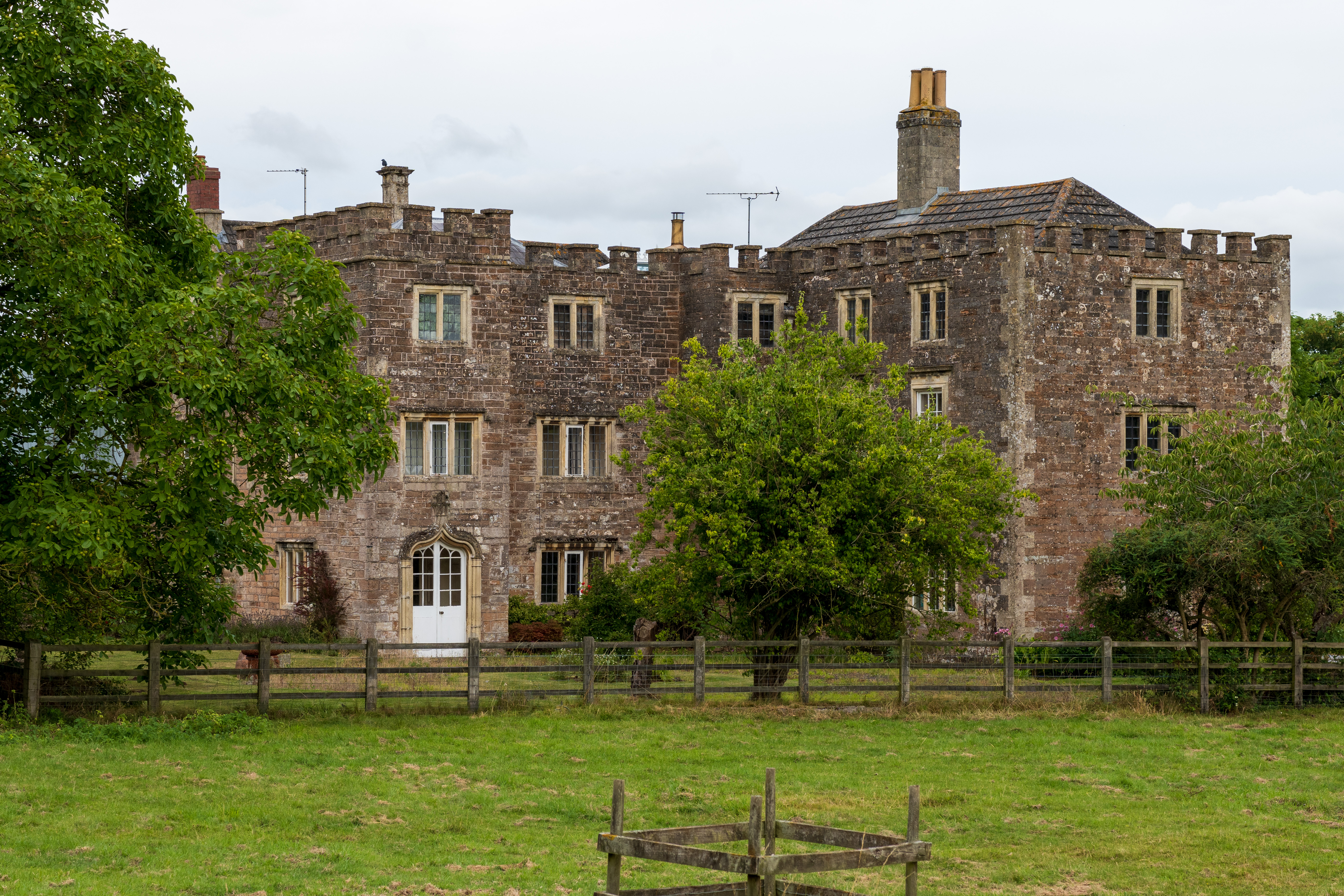
Features ★★★★★ | Optical features include an ED element and an HR element. There's also a USB port and a de-clicked aperture control ring. |
Design ★★★★☆ | The lens is virtually the same compact size and weight as its 23mm and 33mm siblings, but they lack weather-seals and the aperture ring has no locking switch. |
Performance ★★★★★ | The ‘effective’ 85mm focal length and f/1.4 aperture make this a terrific DX format portrait lens, with great sharpness and super-smooth bokeh. |
Value ★★★★★ | Fast primes normally cost big bucks but this one is amazingly inexpensive and unbeatable value. |
Lab data and comparisons
The graphs below show the comparative performance of the lenses in this guide, based on our in-house lab tests. The prime lenses generally lead the way for sharpness in this group, as you would expect, although the zooms also do very well. Color fringing and distortion are well controlled on the whole, and automatic in-camera correction is available for these aberrations anyway, which often can’t be disabled.
Scores for sharpness and color fringing are averaged from data taken across the entire image frame, from the center to the edges and corners, throughout the aperture range. For zoom lenses, the scores are also averaged from data measured at all marked focal lengths, and the same applies to distortion. Bear in mind that these average values don't fully reflect specific areas of performance. For example, a zoom lens might have noticeable barrel and pincushion distortion at its shortest and longest focal lengths, respectively, which tends to average out when looking at the data overall. For more detailed graphs of each lens's performance, which give the full picture, check out the graphs in our full standalone lens reviews.
How to choose the best lens for the Nikon Z fc
Which lenses fit the Nikon Z fc?
The Z fc uses the Nikon Z lens mount and is compatible with all lenses designed for that mount. Nikon’s own Z-mount lenses all have Z at the start of their model names.
You can can use any Z-mount lens on the Z fc, although some Z-mount lenses are designed for use with APS-C format cameras such as the Z fc, rather than full-frame cameras. Nikon lenses that fall into this category have DX as part of their model names. These lenses are typically smaller, lighter and cheaper than the equivalents designed for full-frame cameras.
If you buy a DX lens and later upgrade to a full-frame Nikon Z camera, the image you get through the DX lens will be cropped compared with a full-frame lens.
The Z fc is also able to use F-mount lenses, which are made for use with Nikon’s DSLR cameras. For this, you need an adaptor such as the Nikon Mount Adapter FTZ II. The idea is that owners of older DLSR cameras can buy a Z camera and still use their old lenses.
How do I know which lens to get for my Z fc?
The reason there are so many types of lens in the first place is that different scenes demand different lens designs, particularly when it comes to focal length and aperture rating.
Usually, you will decide what you want to photograph, then get a lens with the focal length that suits the situation. For example, to shoot landscapes you will need a wide-angle lens, while for sports and wildlife you will need a telephoto.
You can watch this video that explains focal length: it helps you work out what kind of lenses you need for different genres of photography.
How we test lenses
The lens experts in our testing lab run a range of tests under controlled conditions, using the Imatest Master testing suite. Photos of test charts are taken across the range of apertures and zooms (where available), then analyzed for sharpness, distortion and chromatic aberrations.
We use Imatest SFR (spatial frequency response) charts and analysis software to plot lens resolution at the centre of the image frame, corners and mid-point distances, across the range of aperture settings and, with zoom lenses, at four different focal lengths.
There's more to it than just the technical side, though! Beyond the lab, our reviewers test lenses in real-world environments – and sometimes on professional shoots! We work with lenses both indoors and outdoors, in studio conditions and in natural light, with as many different subjects as is possible (or appropriate – there's no point testing a landscape lens' ability to shoot a portrait!).
We take into account everything from handling and ease of use to speed of autofocus and the overall quality of the images produced.
Find out more about how we test and review on Digital Camera World
The best camera deals, reviews, product advice, and unmissable photography news, direct to your inbox!
Matthew Richards is a photographer and journalist who has spent years using and reviewing all manner of photo gear. He is Digital Camera World's principal lens reviewer – and has tested more primes and zooms than most people have had hot dinners!
His expertise with equipment doesn’t end there, though. He is also an encyclopedia when it comes to all manner of cameras, camera holsters and bags, flashguns, tripods and heads, printers, papers and inks, and just about anything imaging-related.
In an earlier life he was a broadcast engineer at the BBC, as well as a former editor of PC Guide.
- Adam WaringGuides Editor
